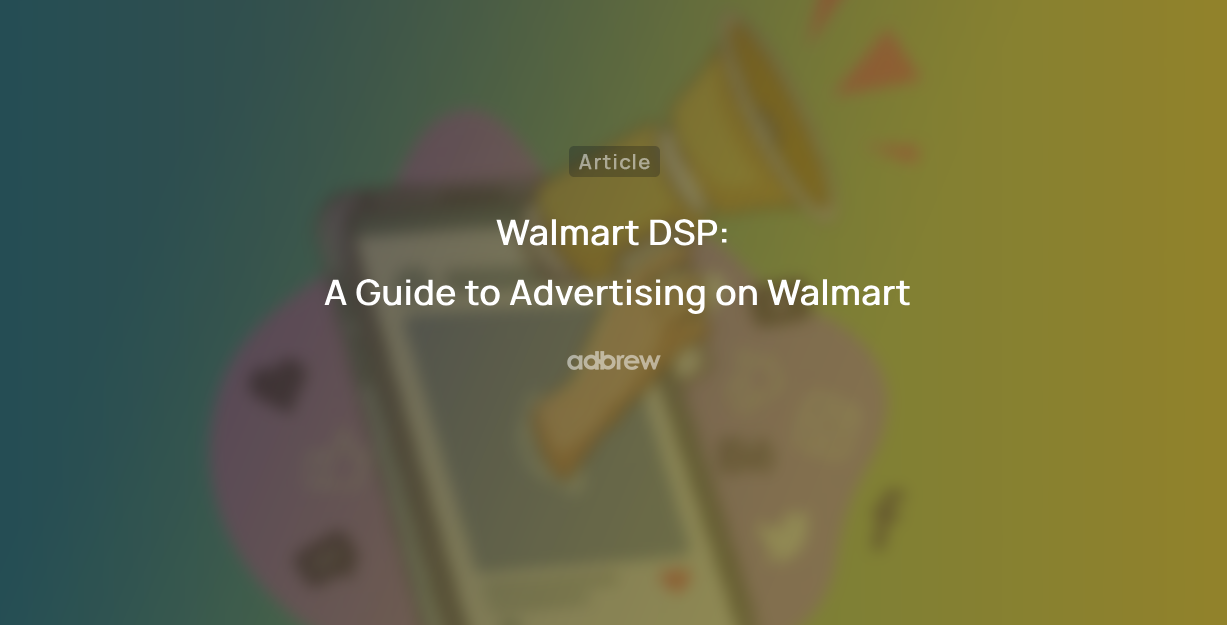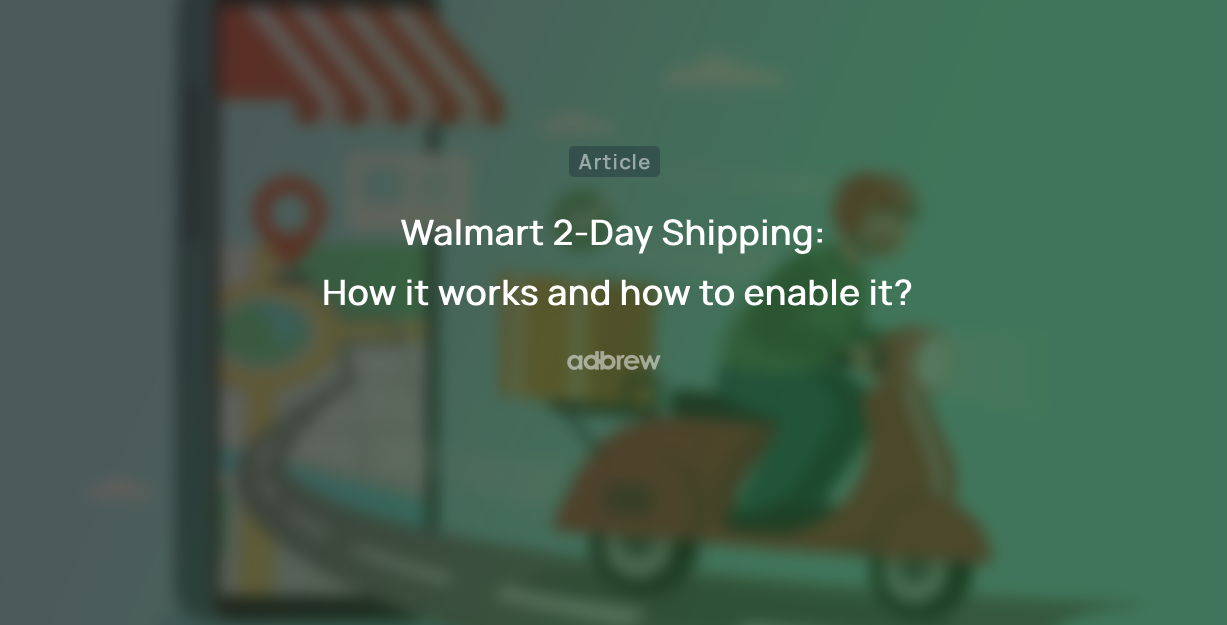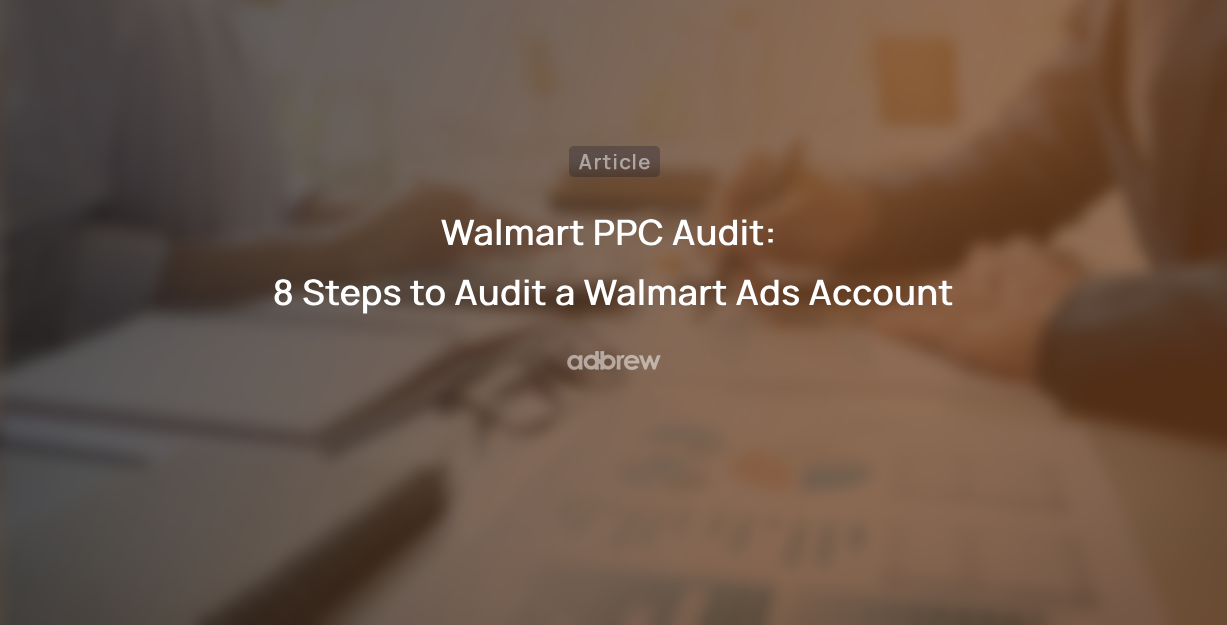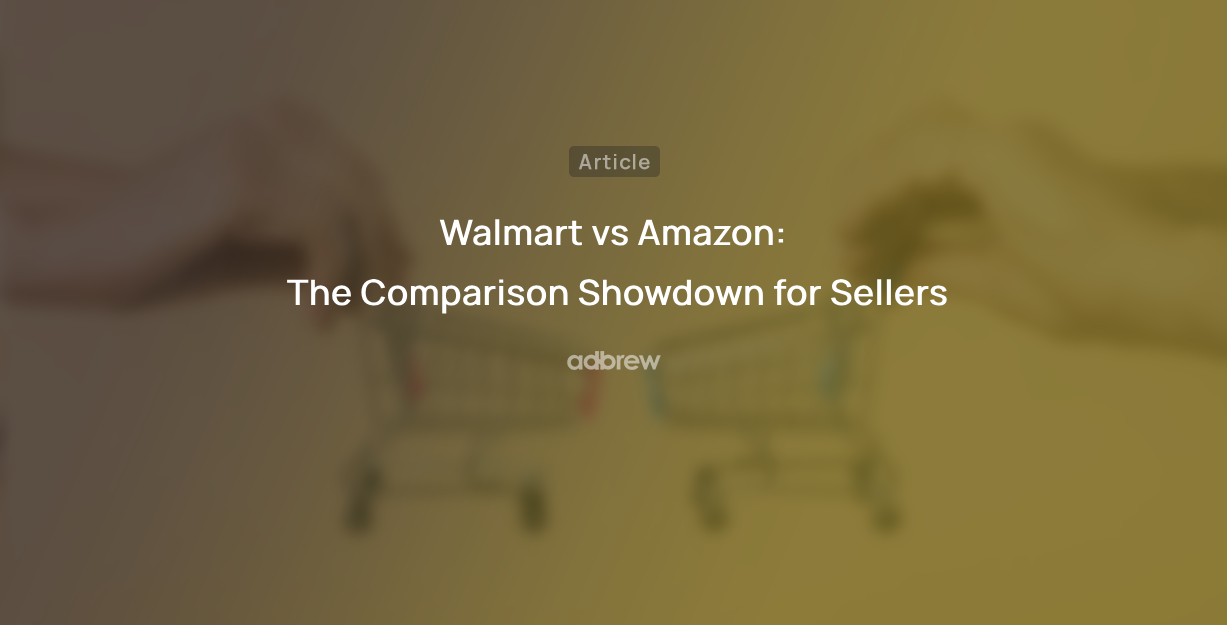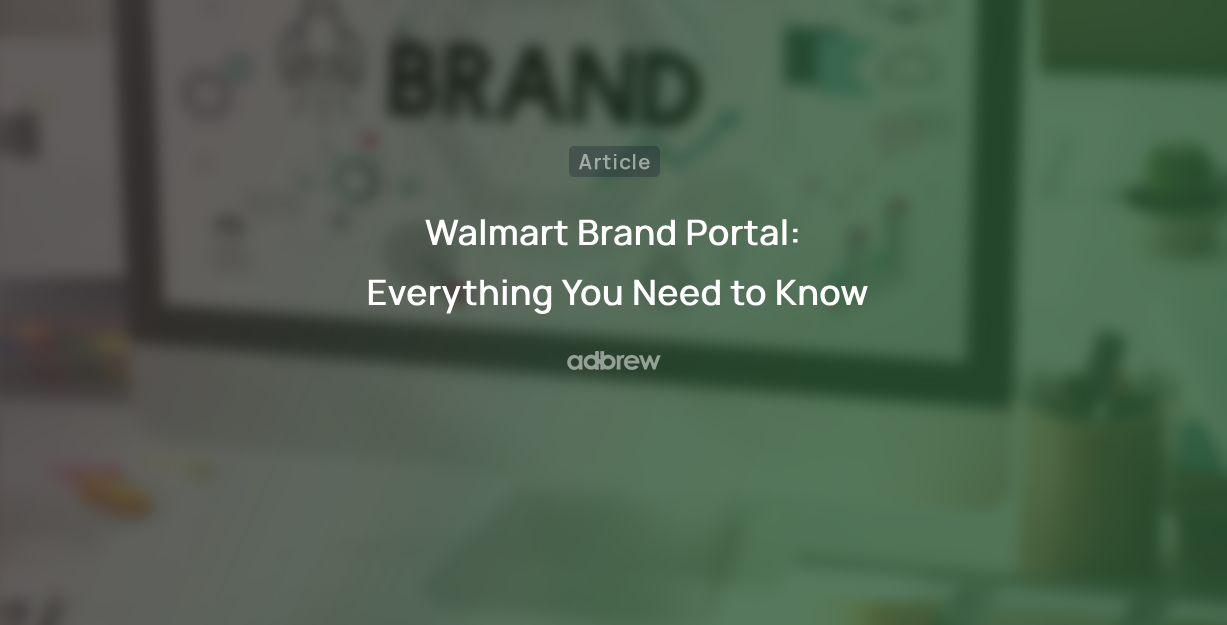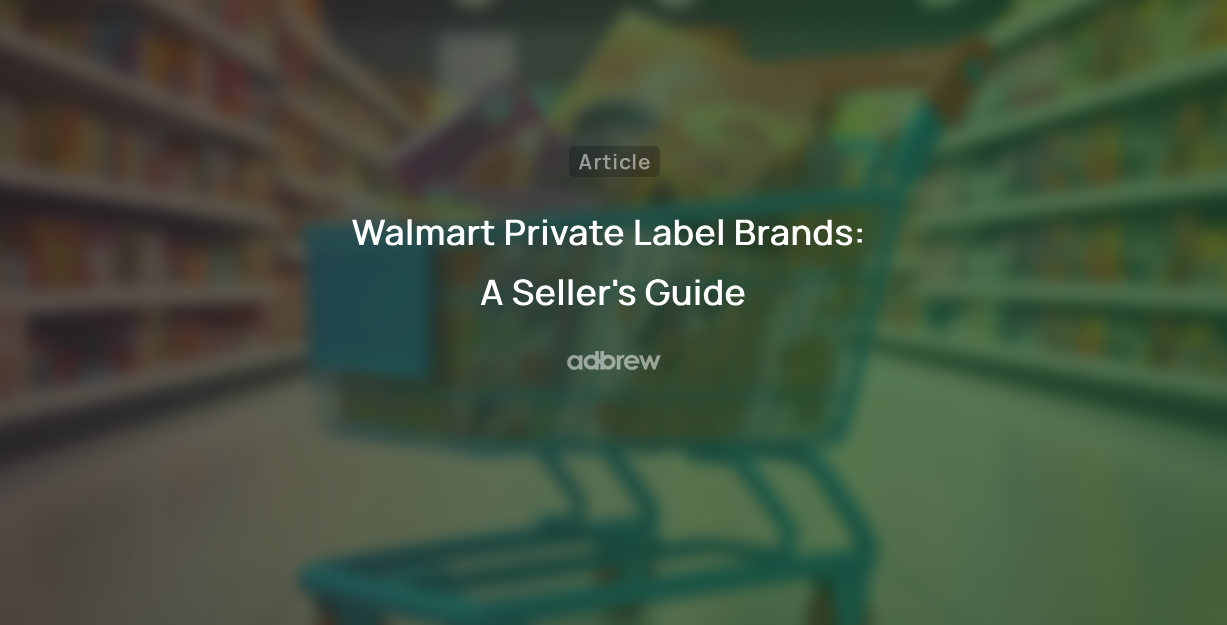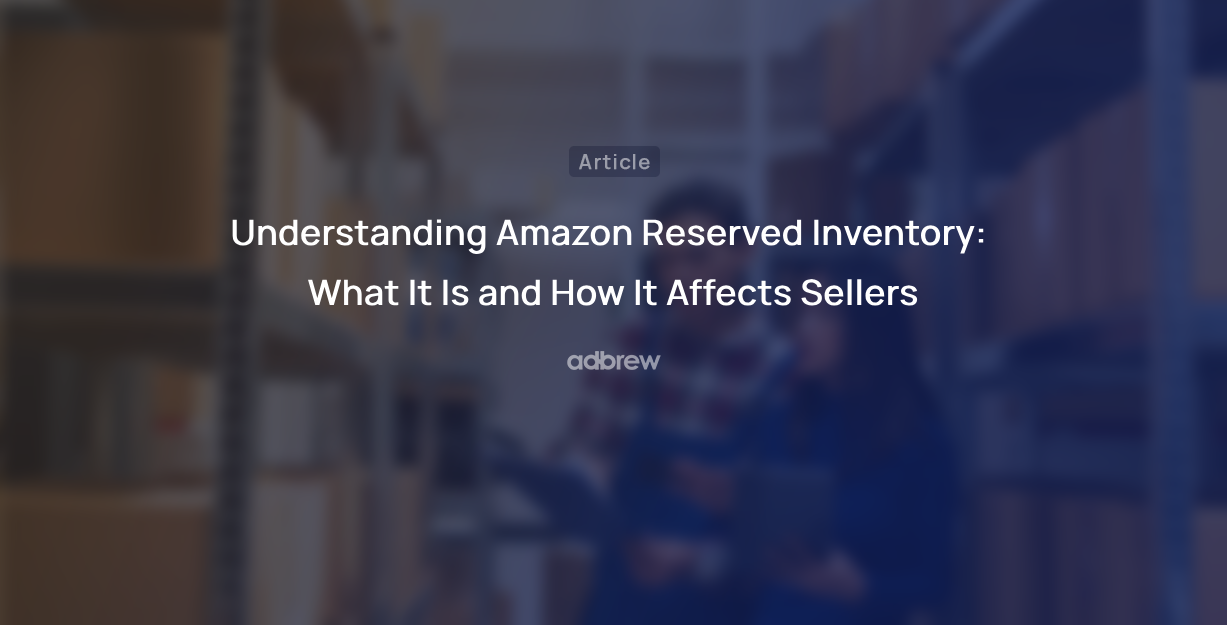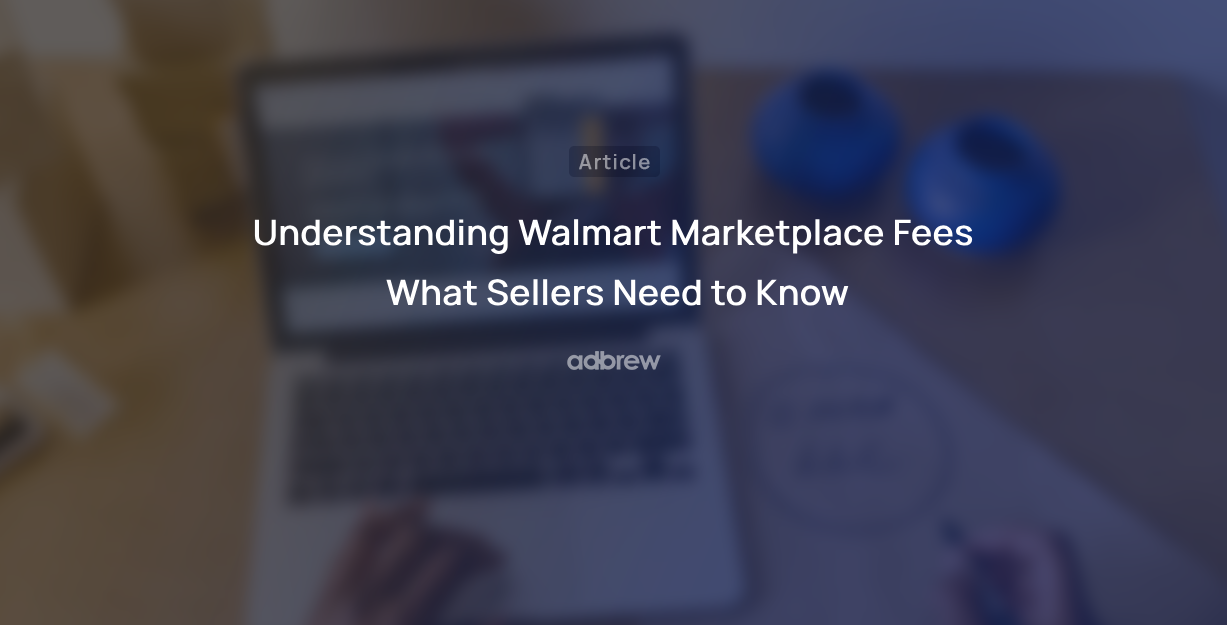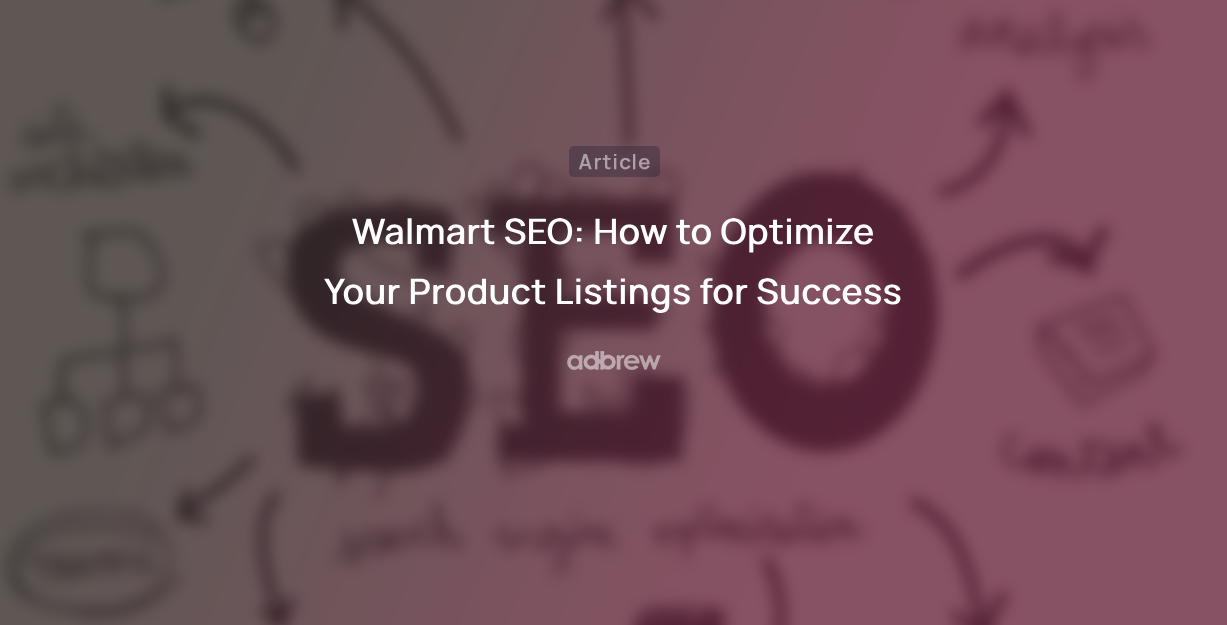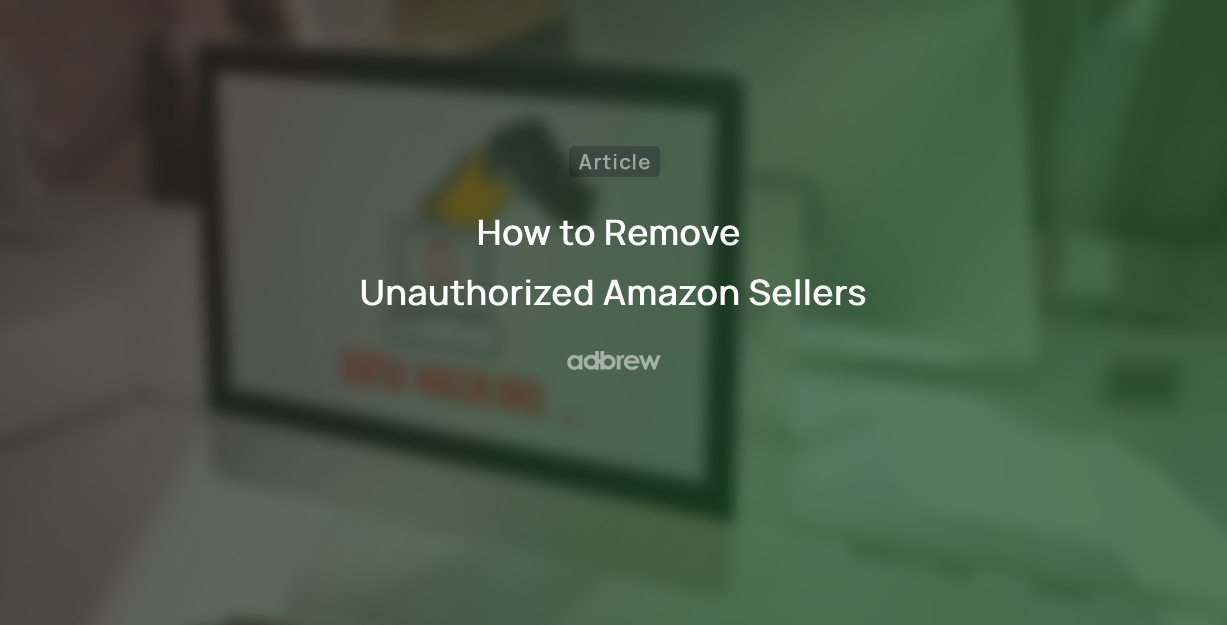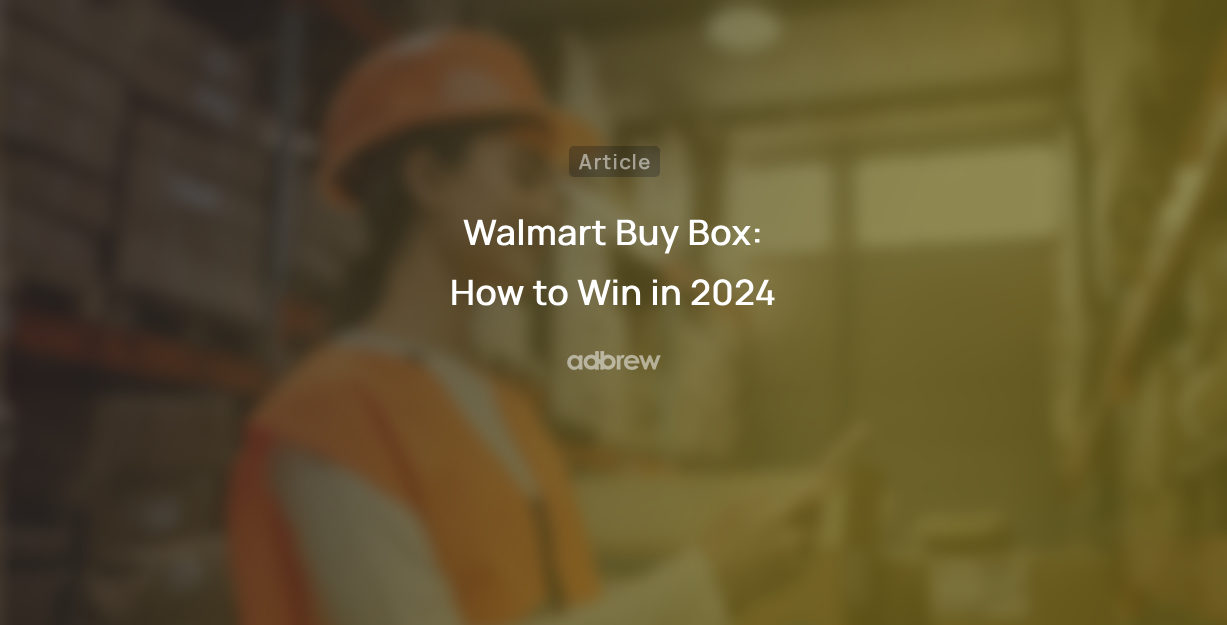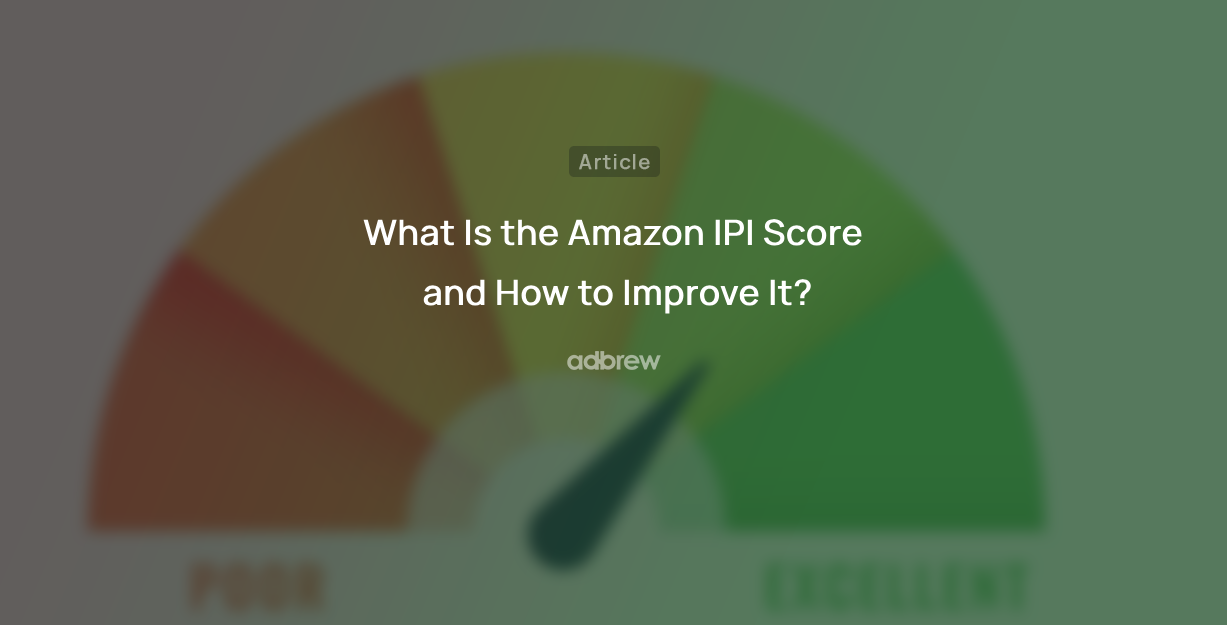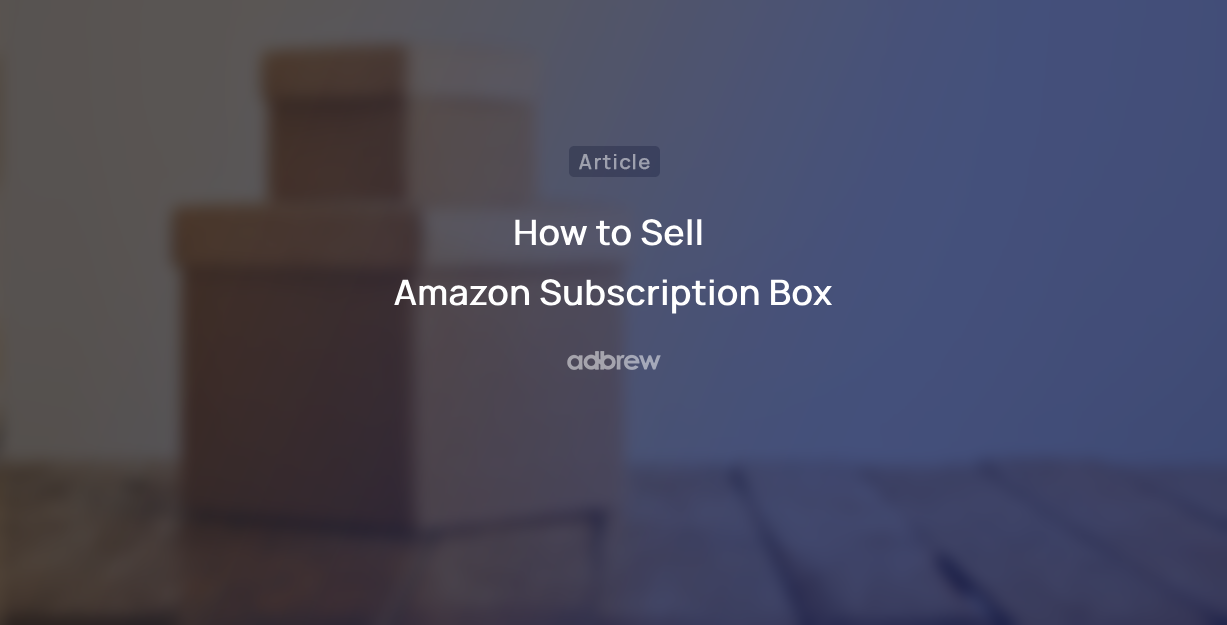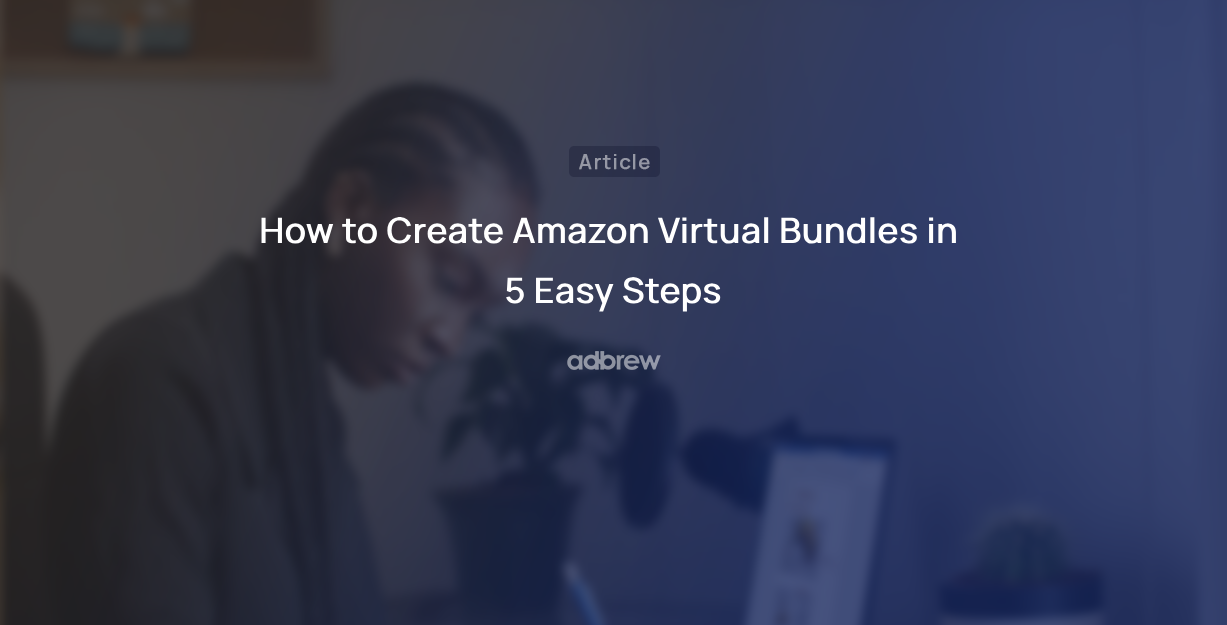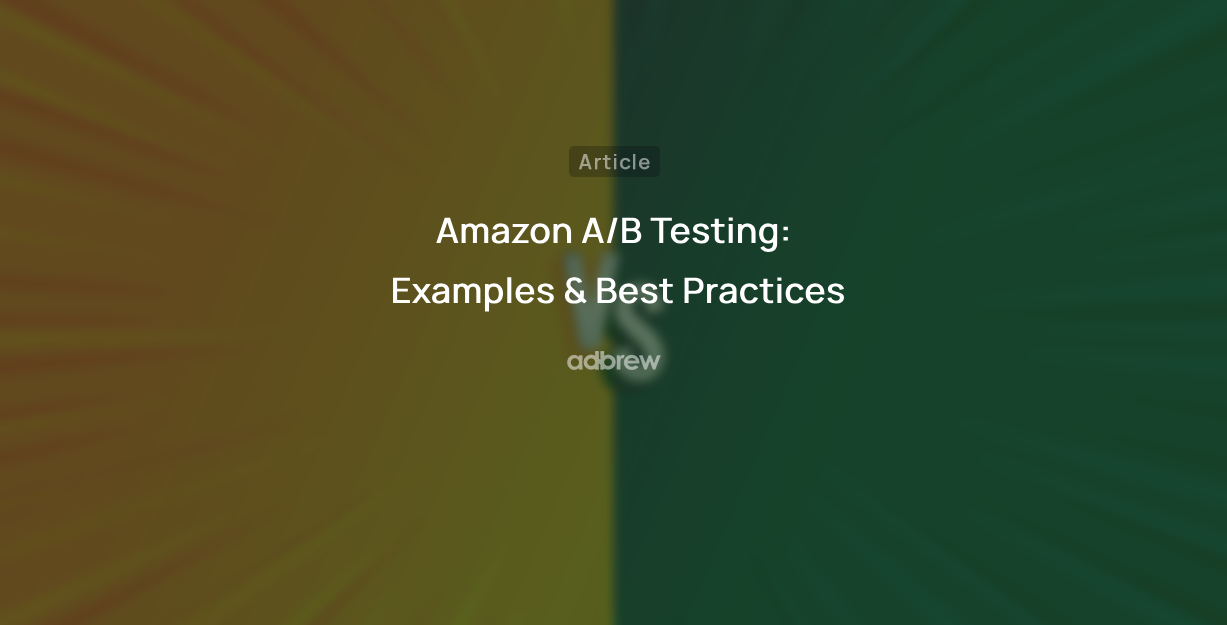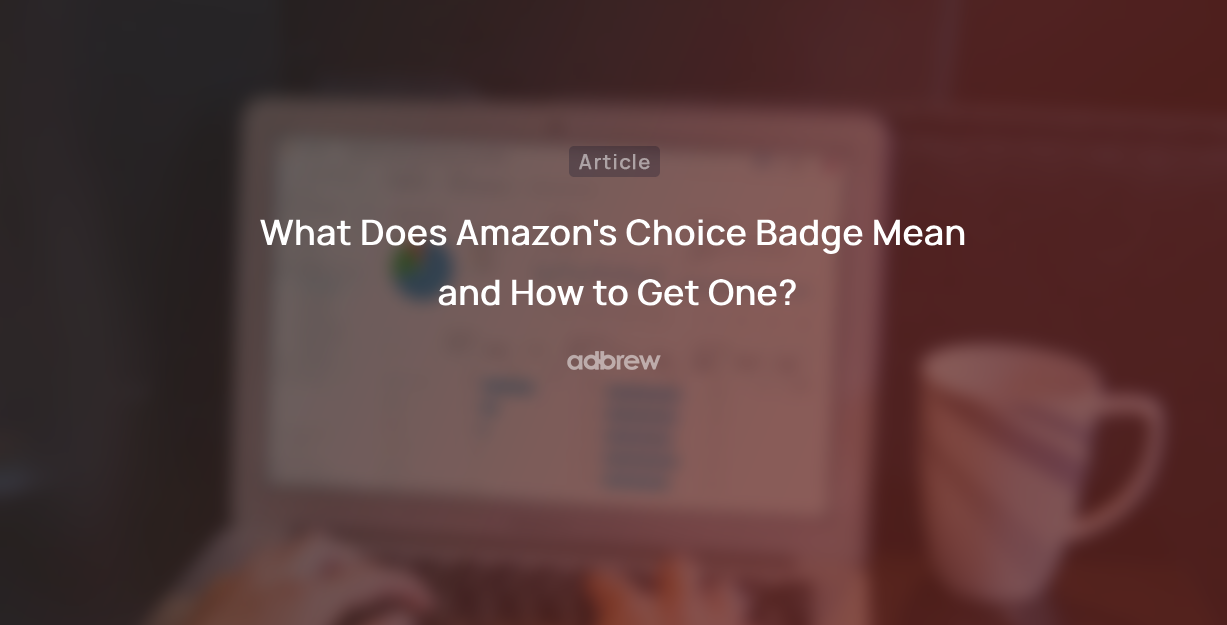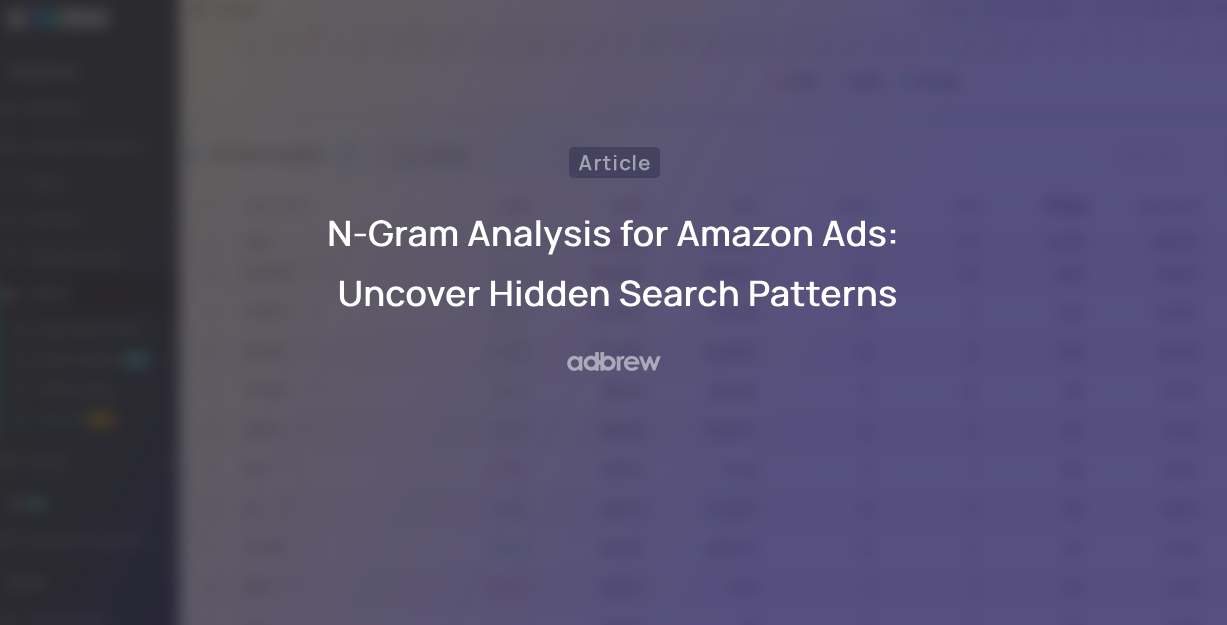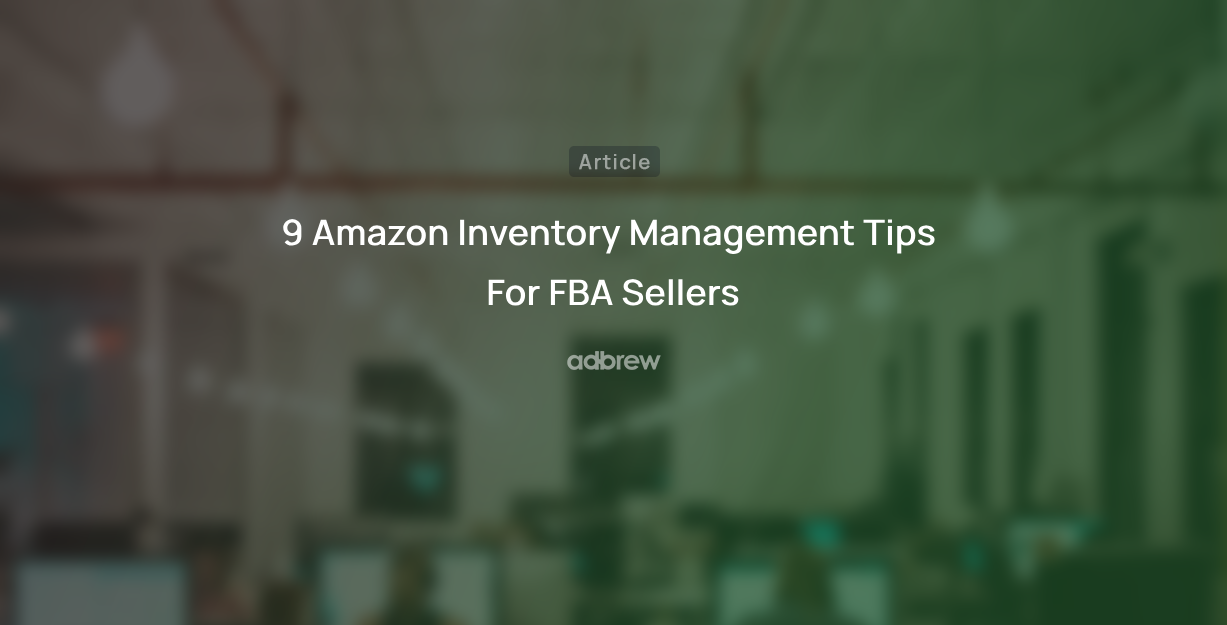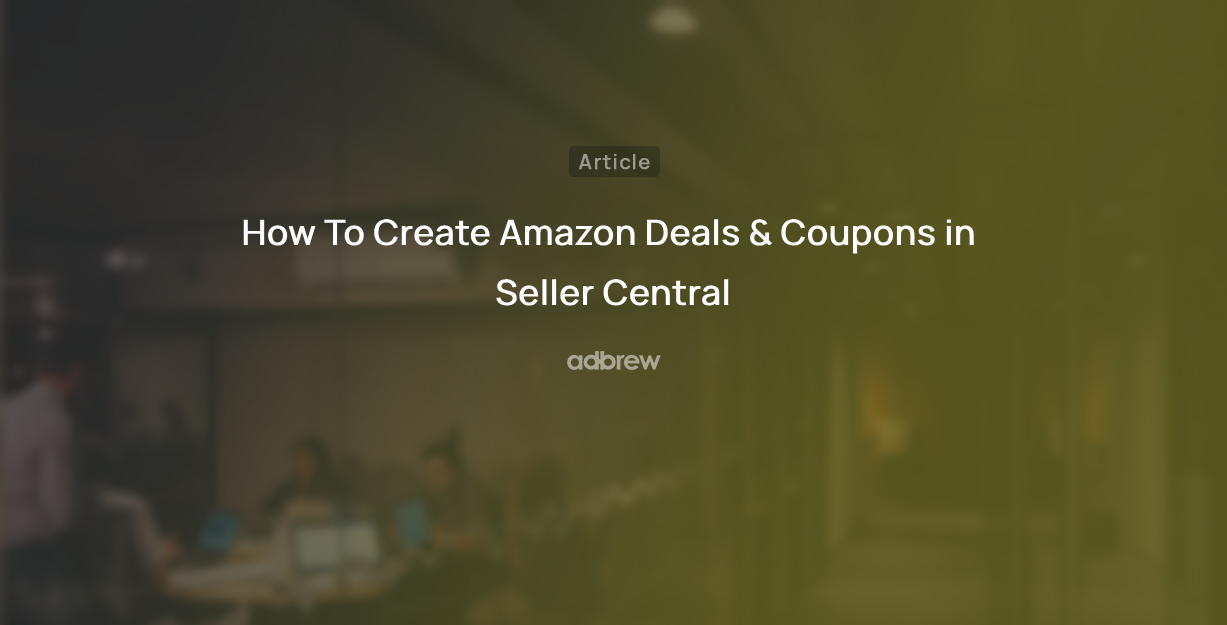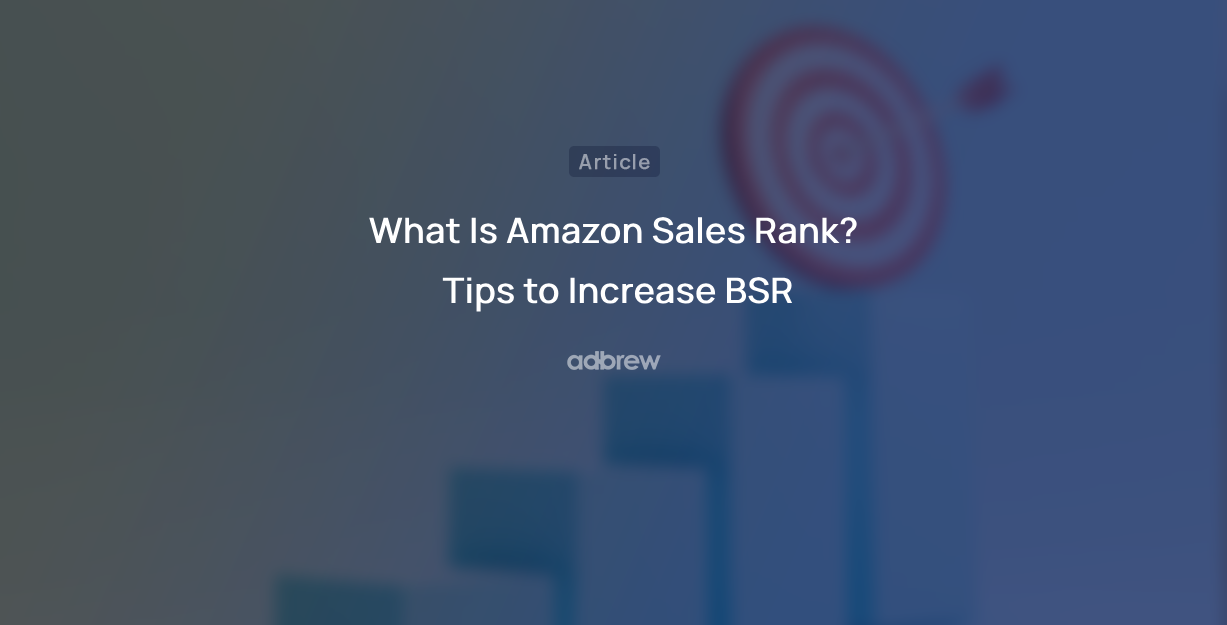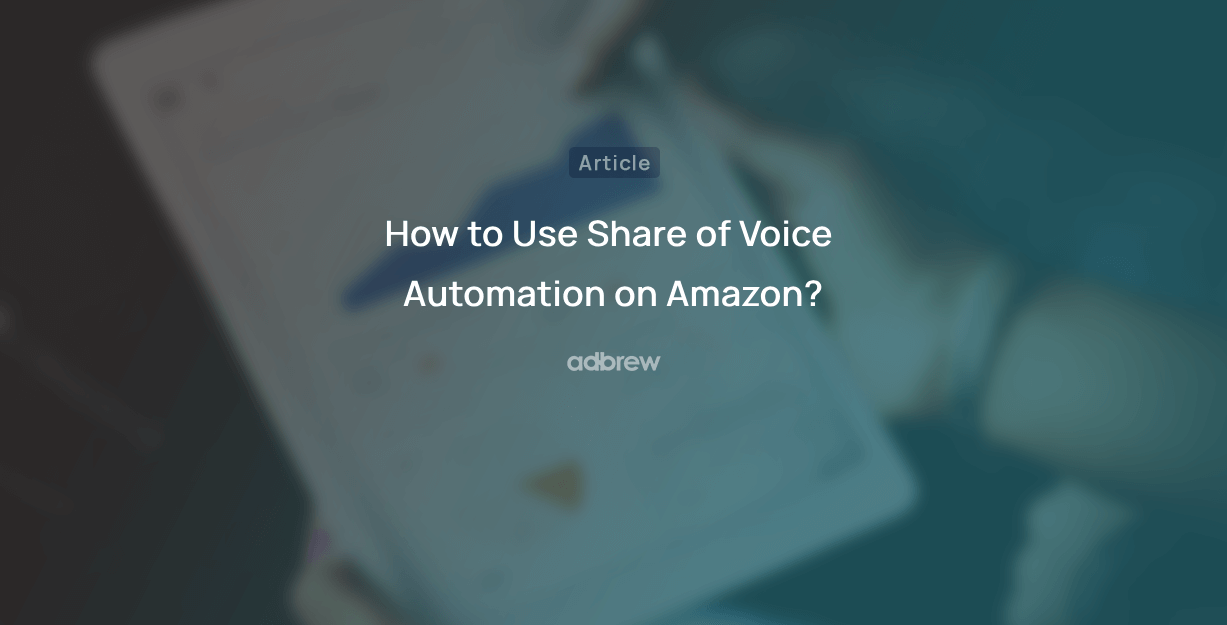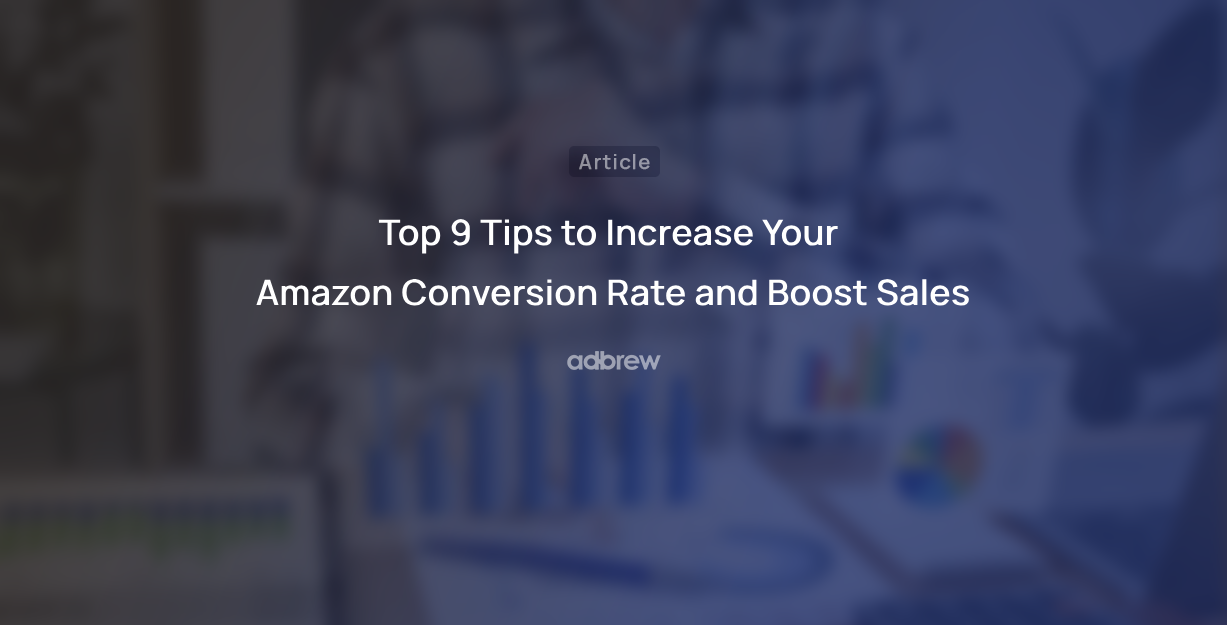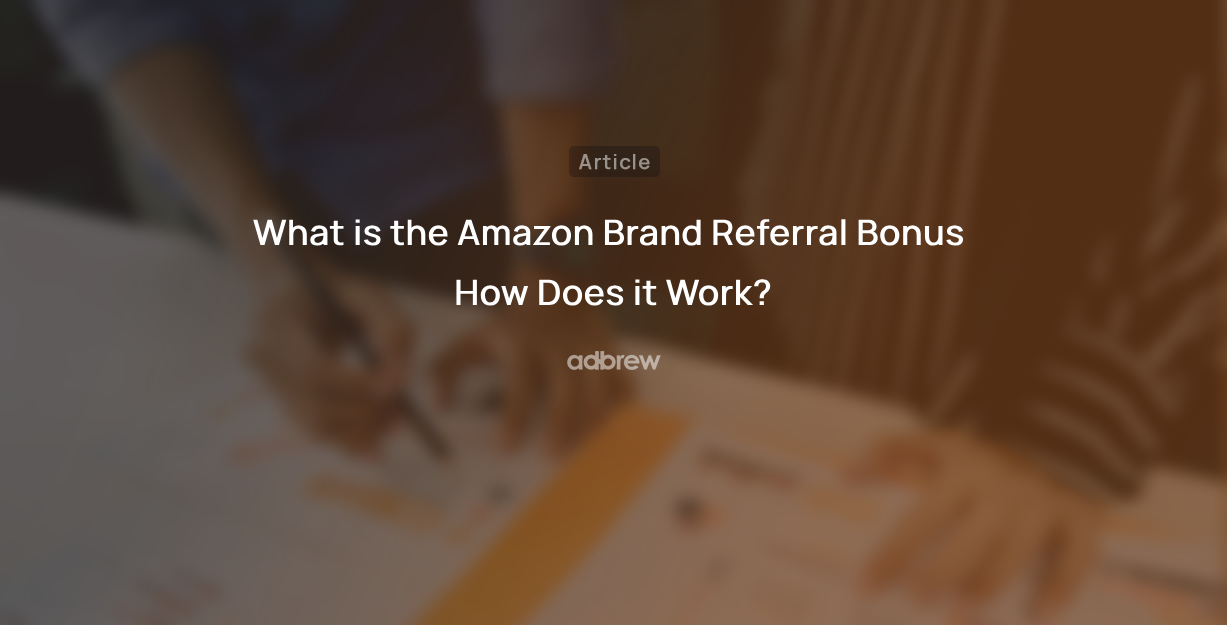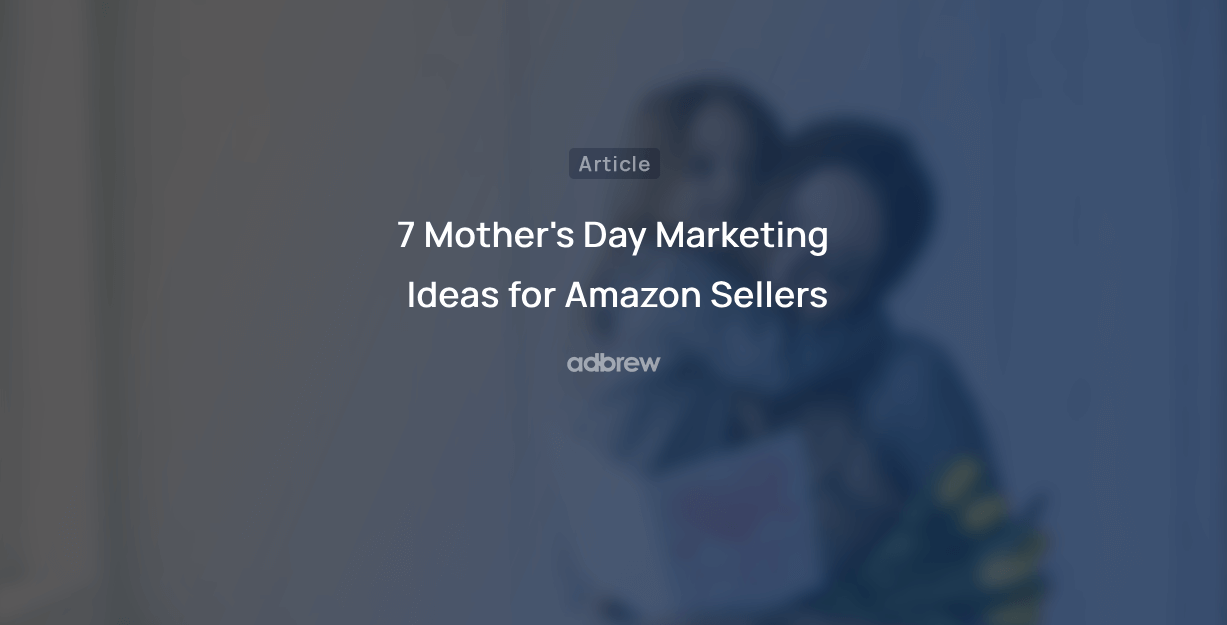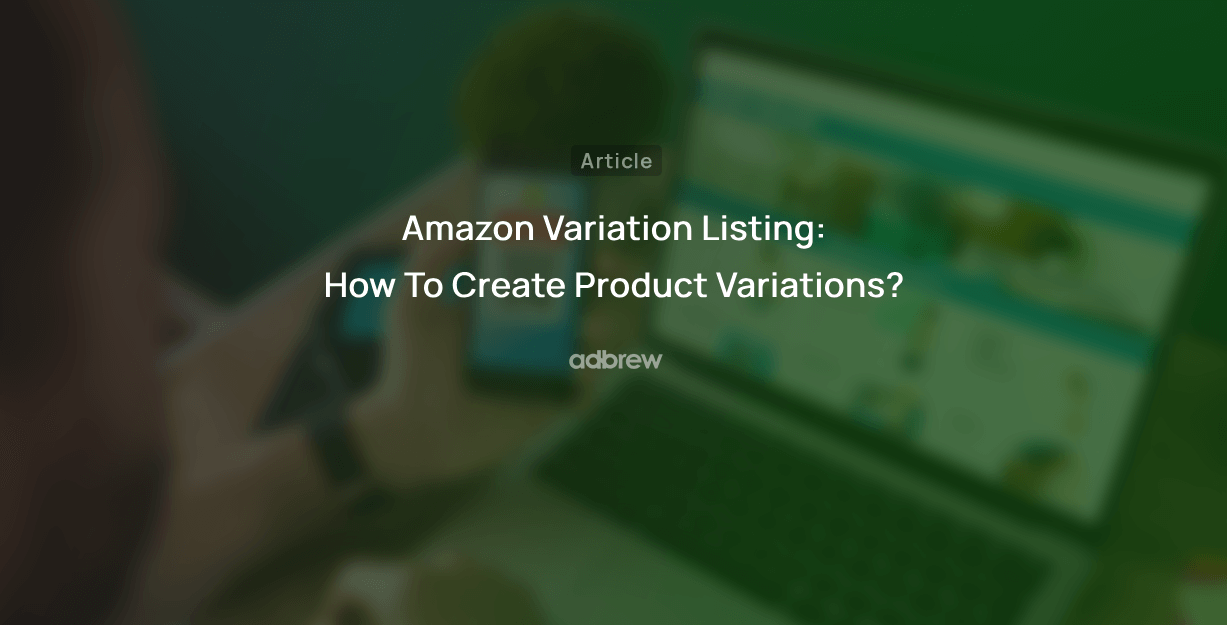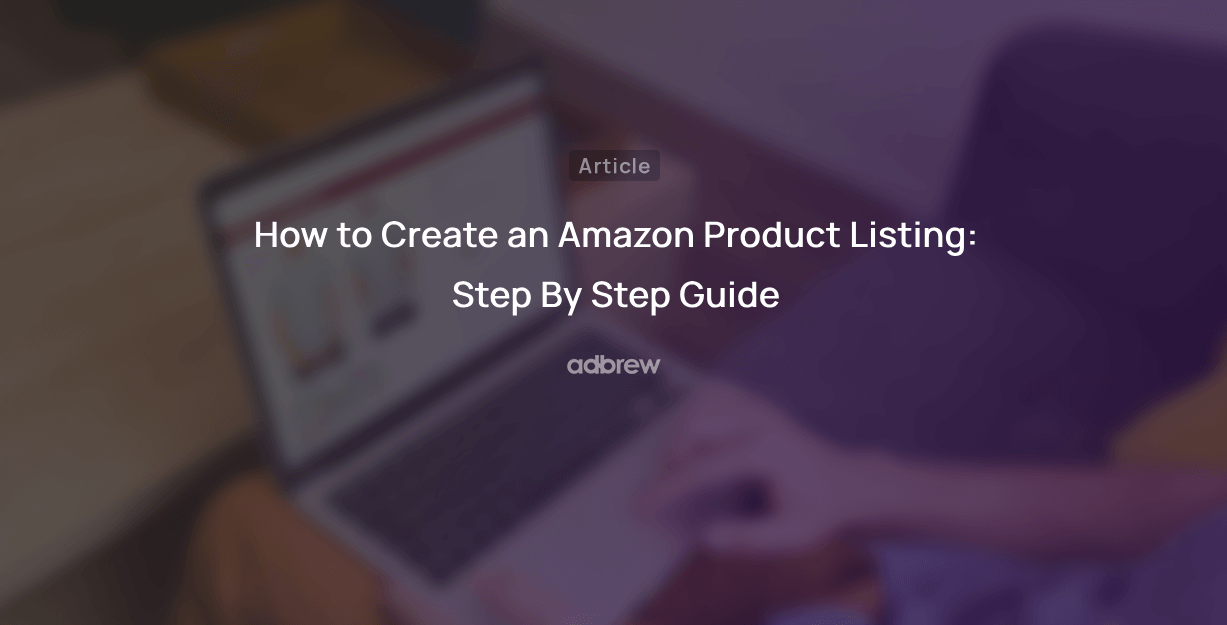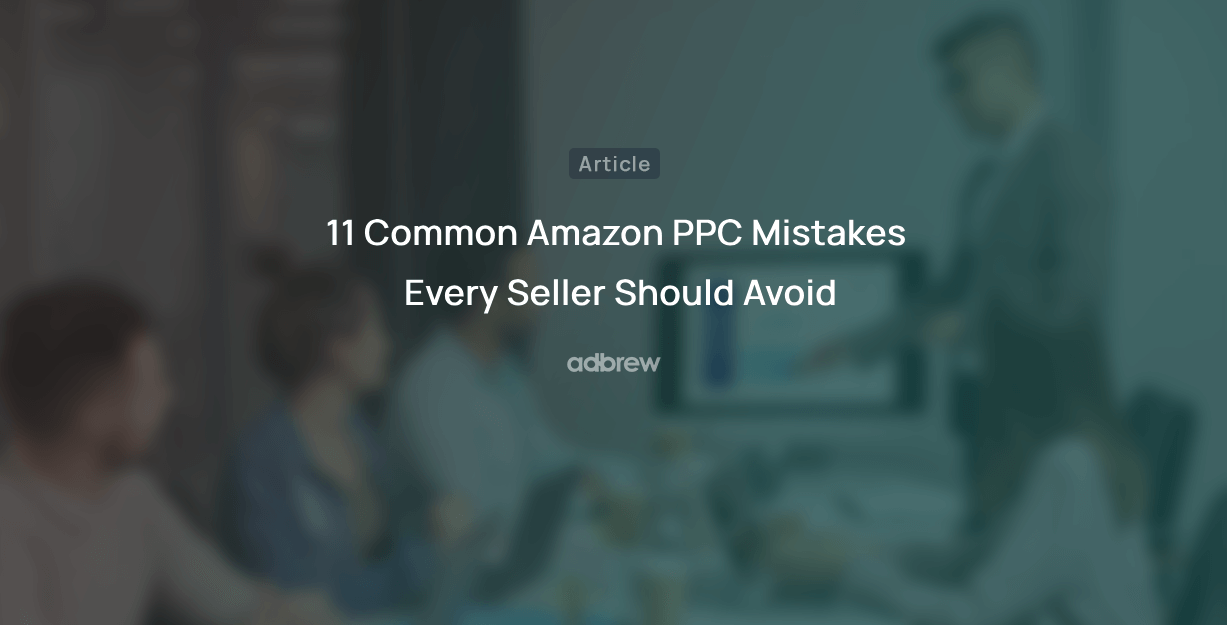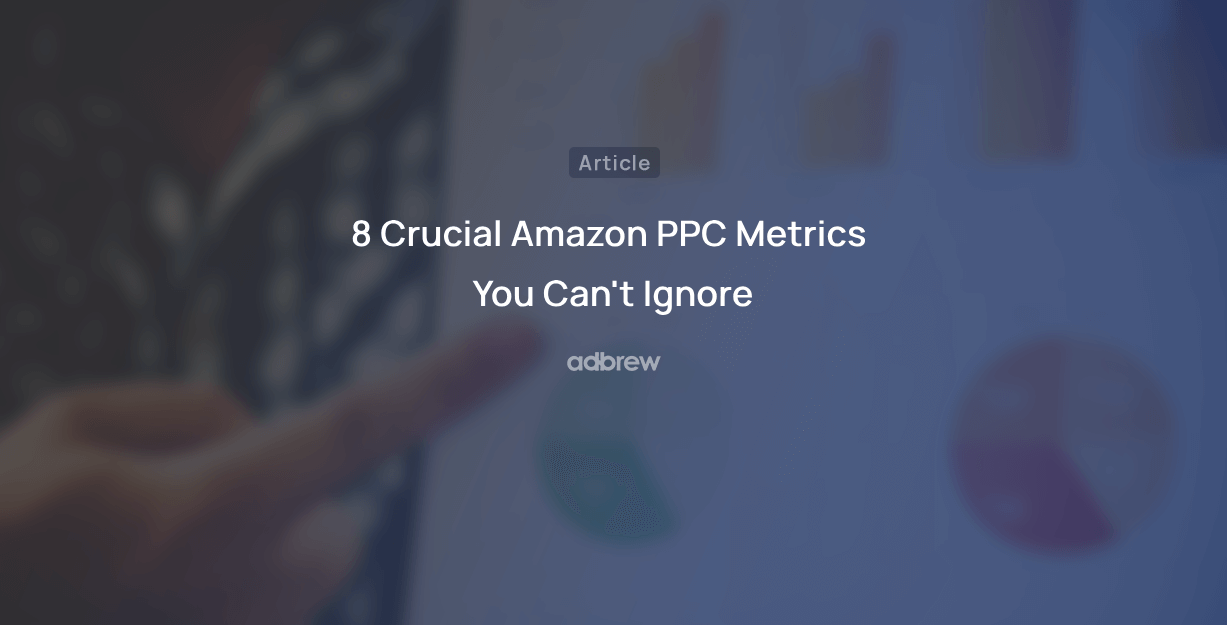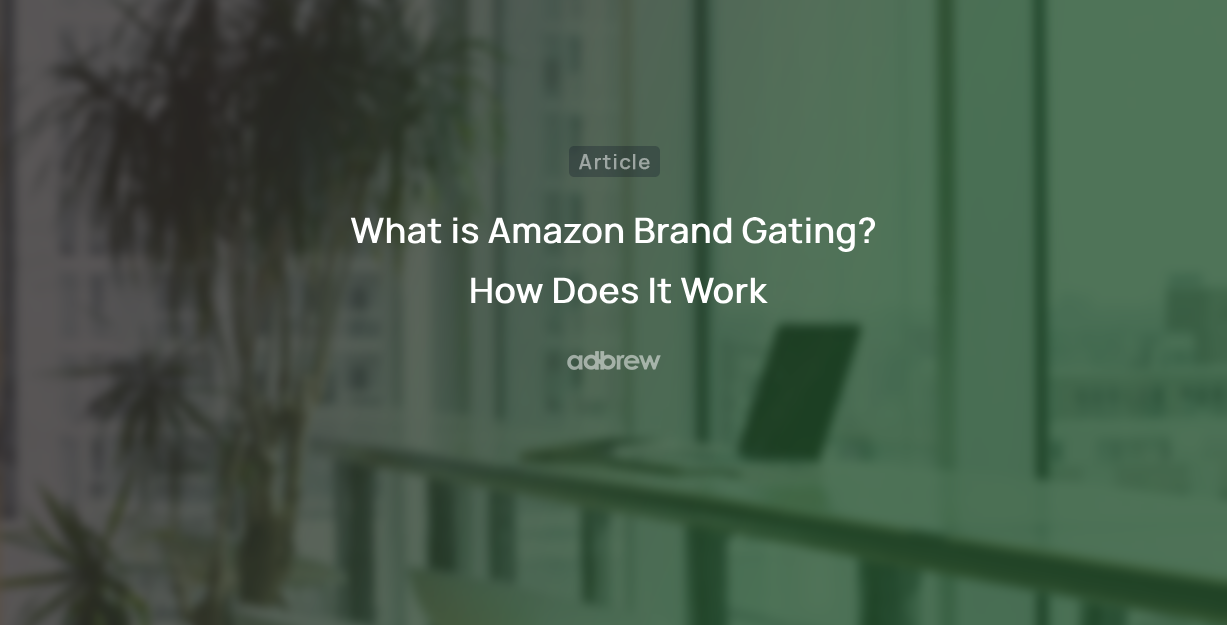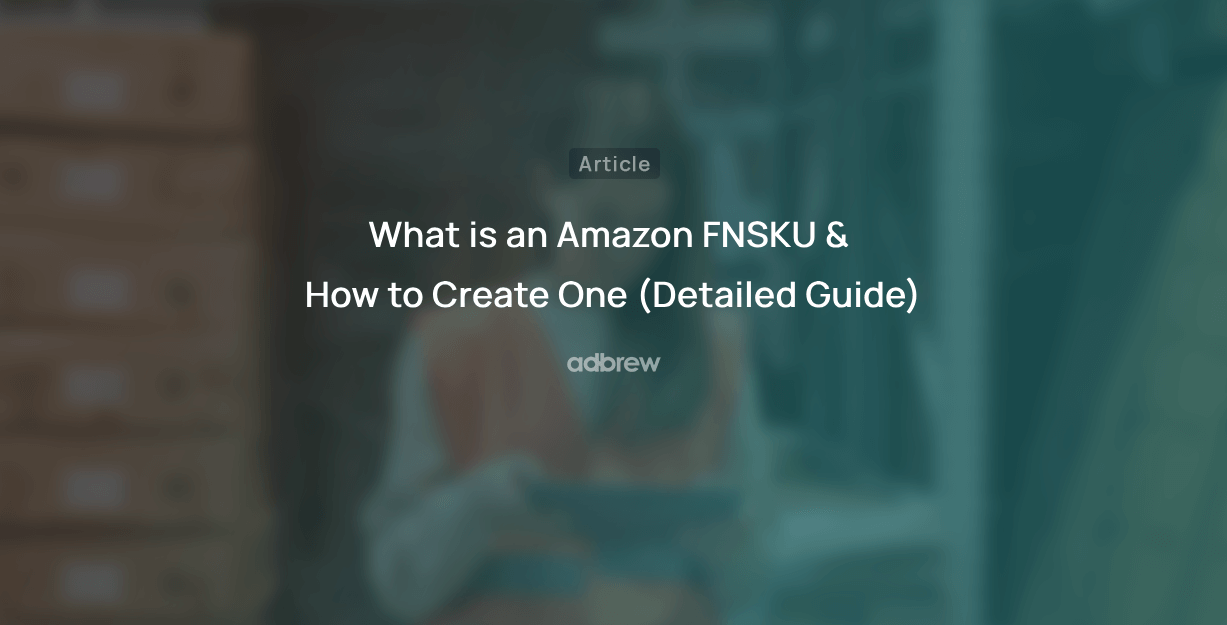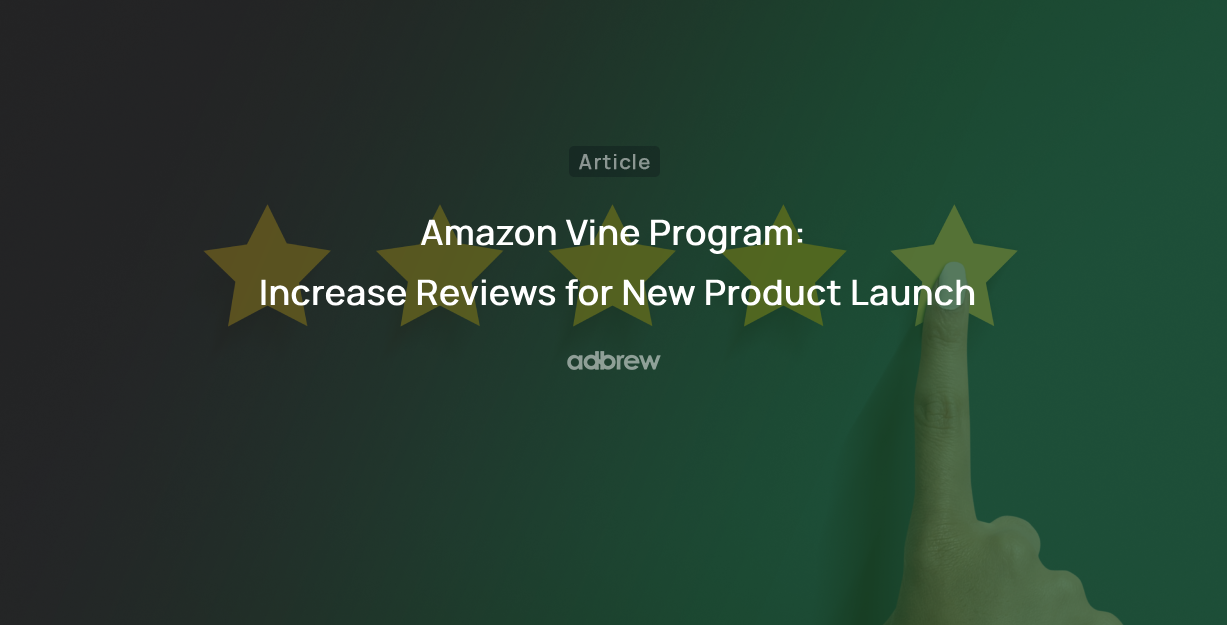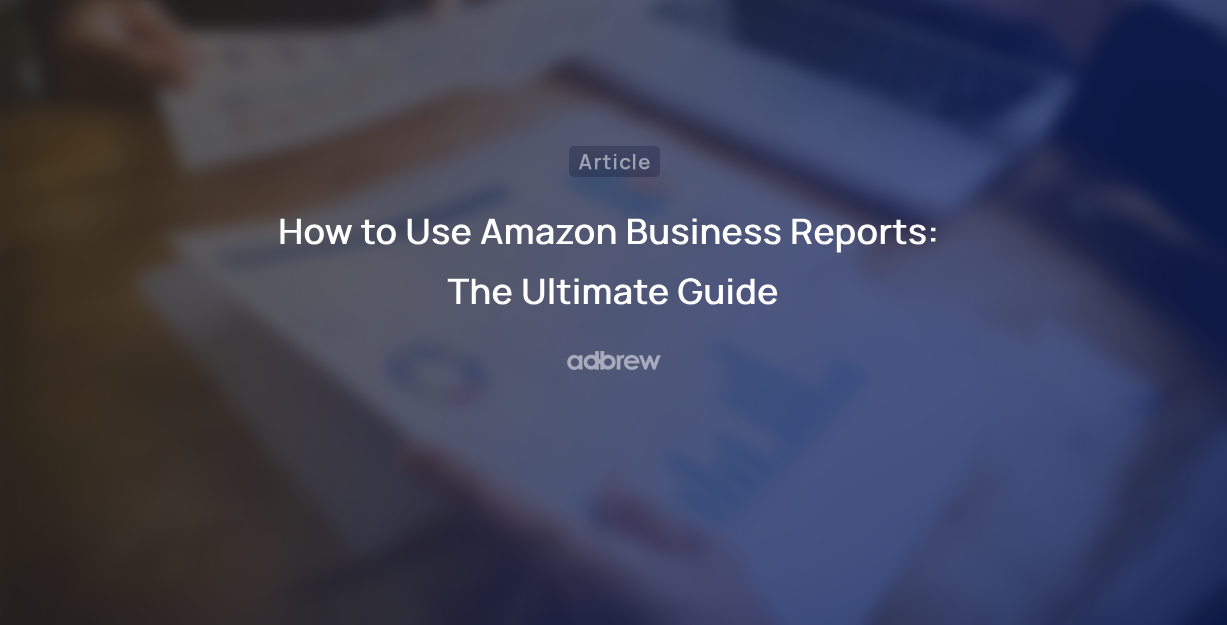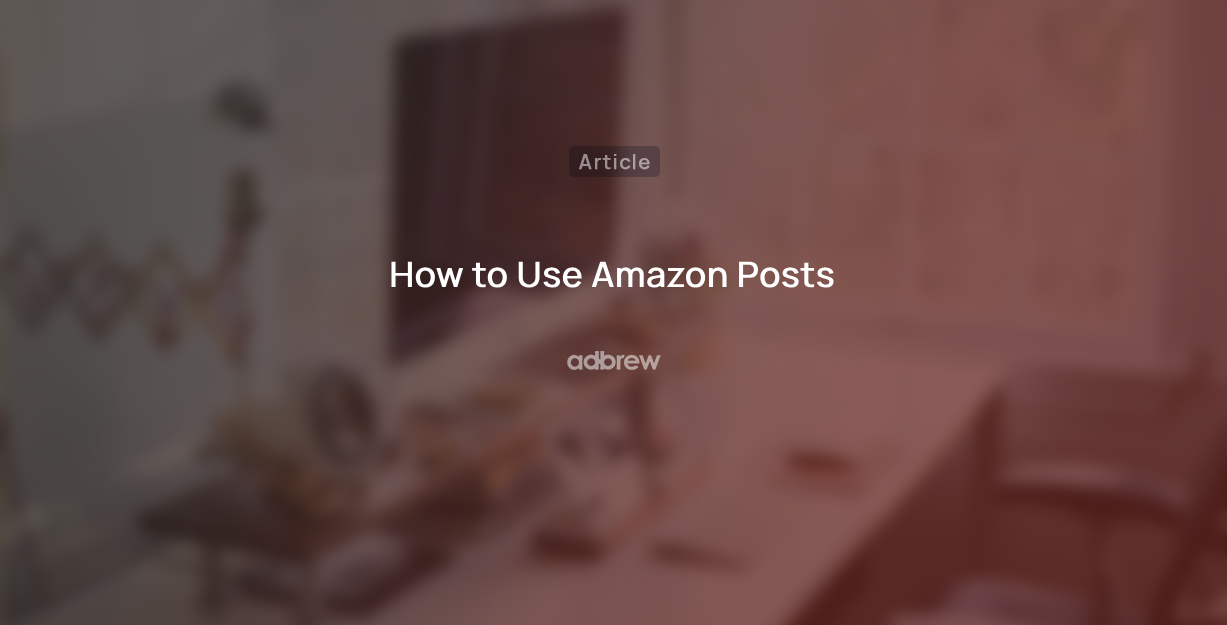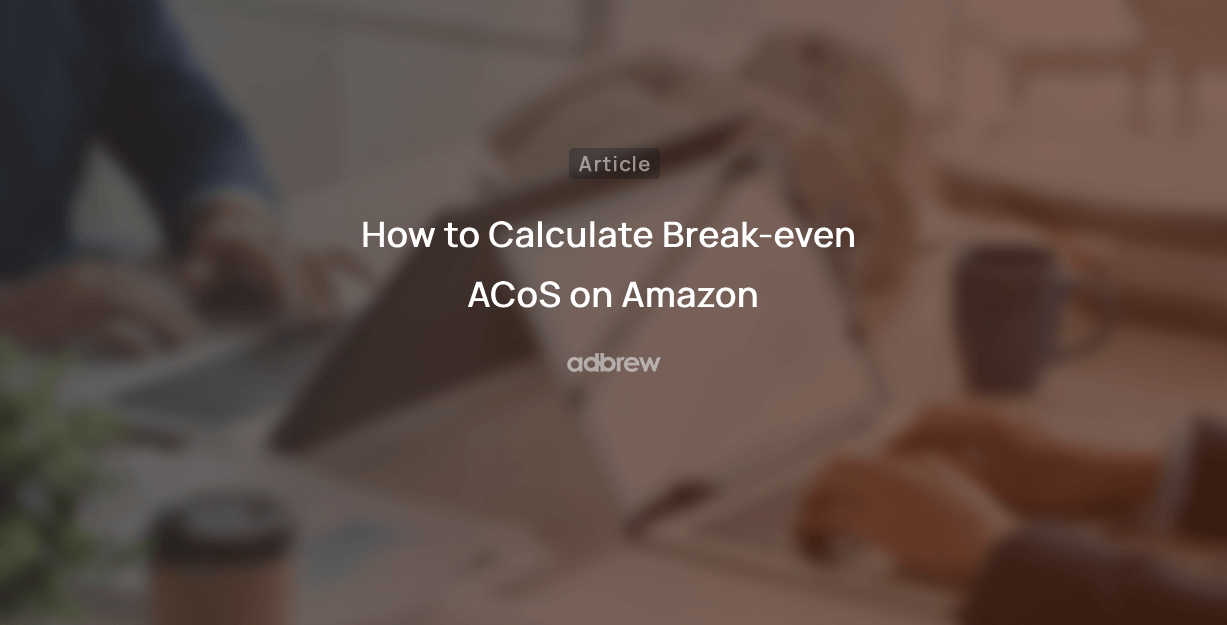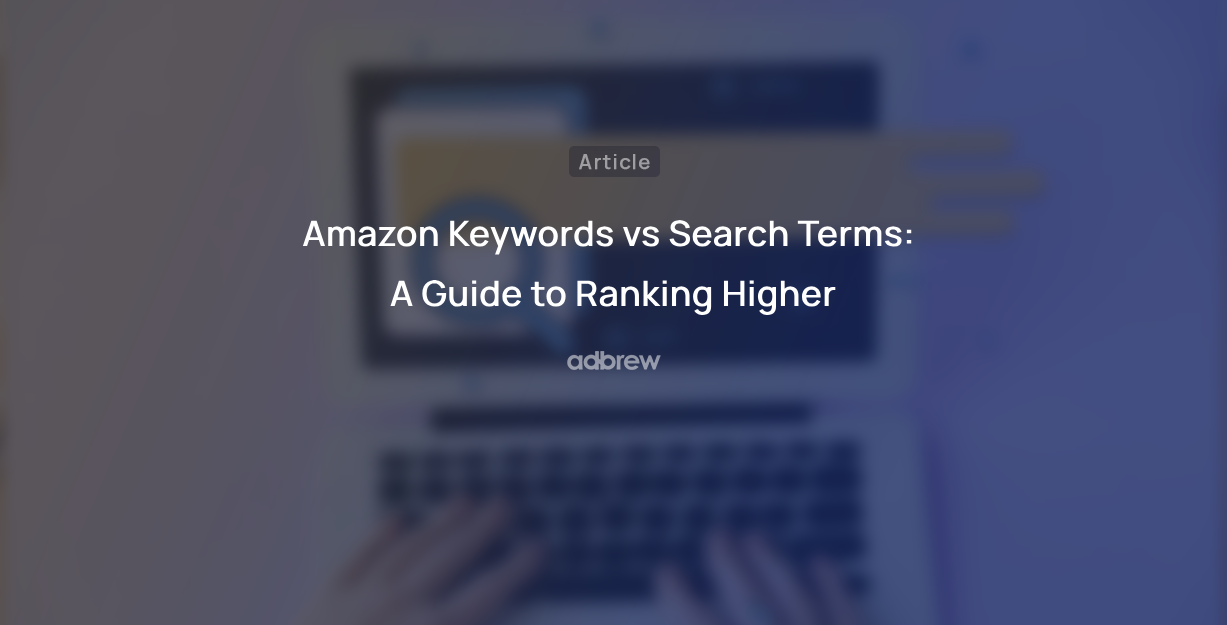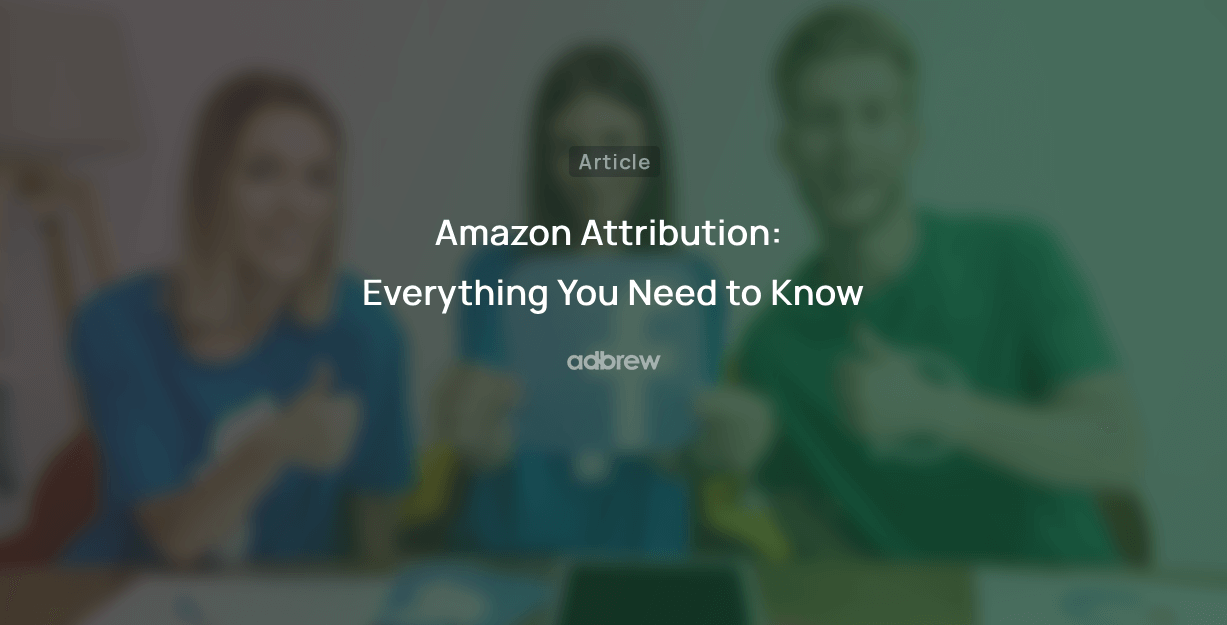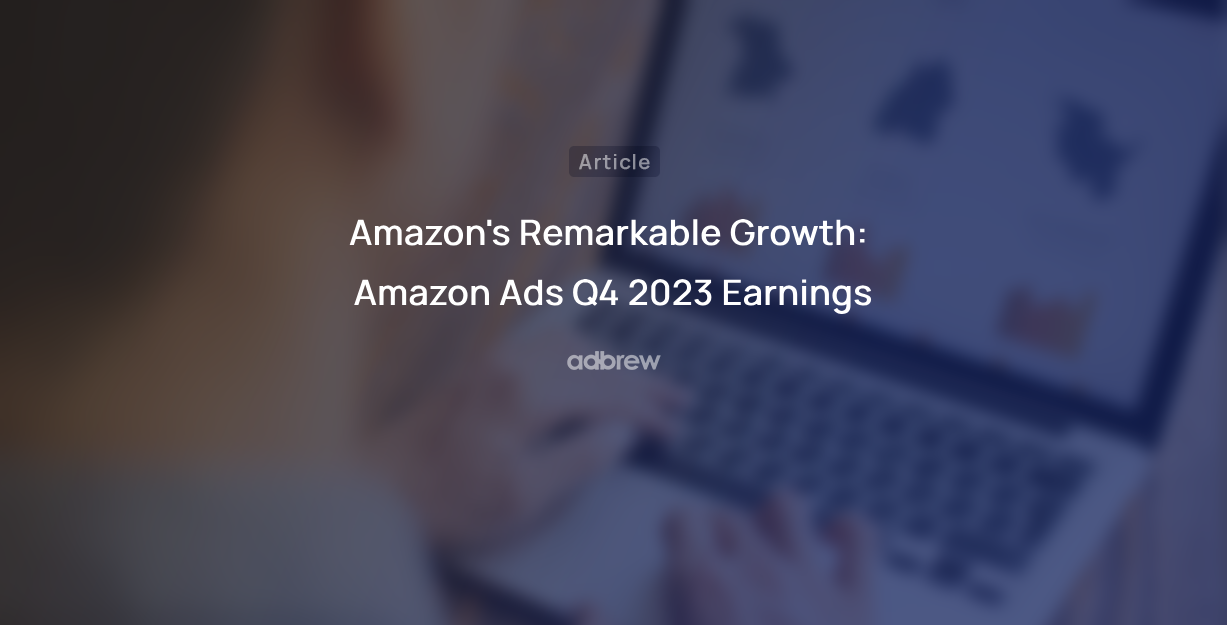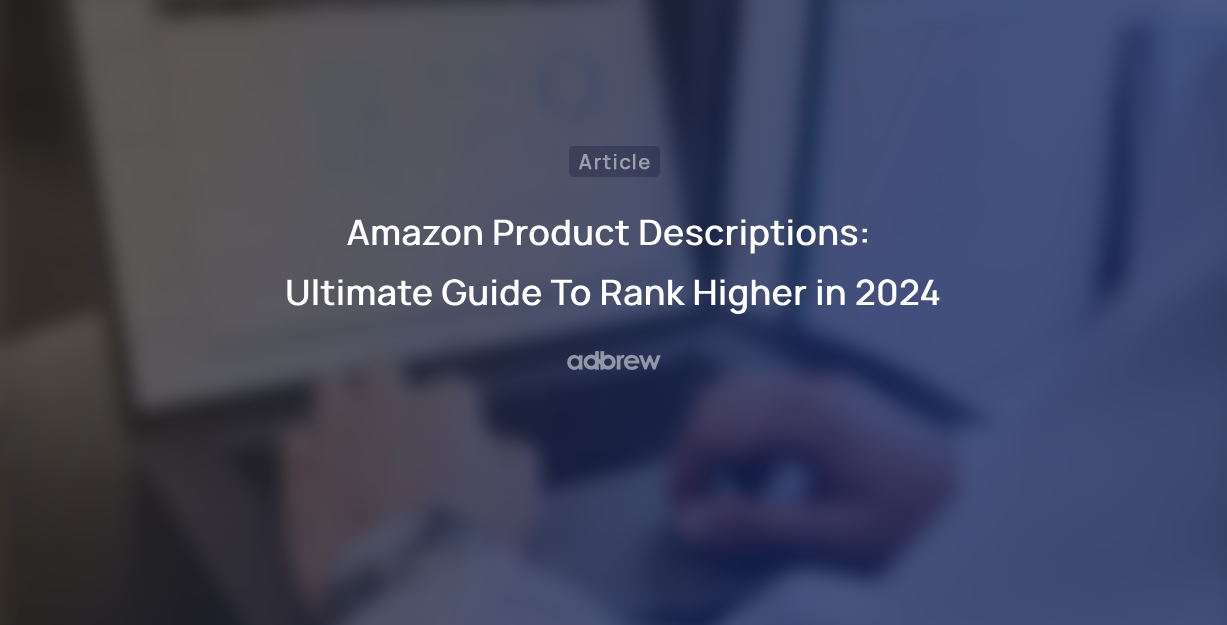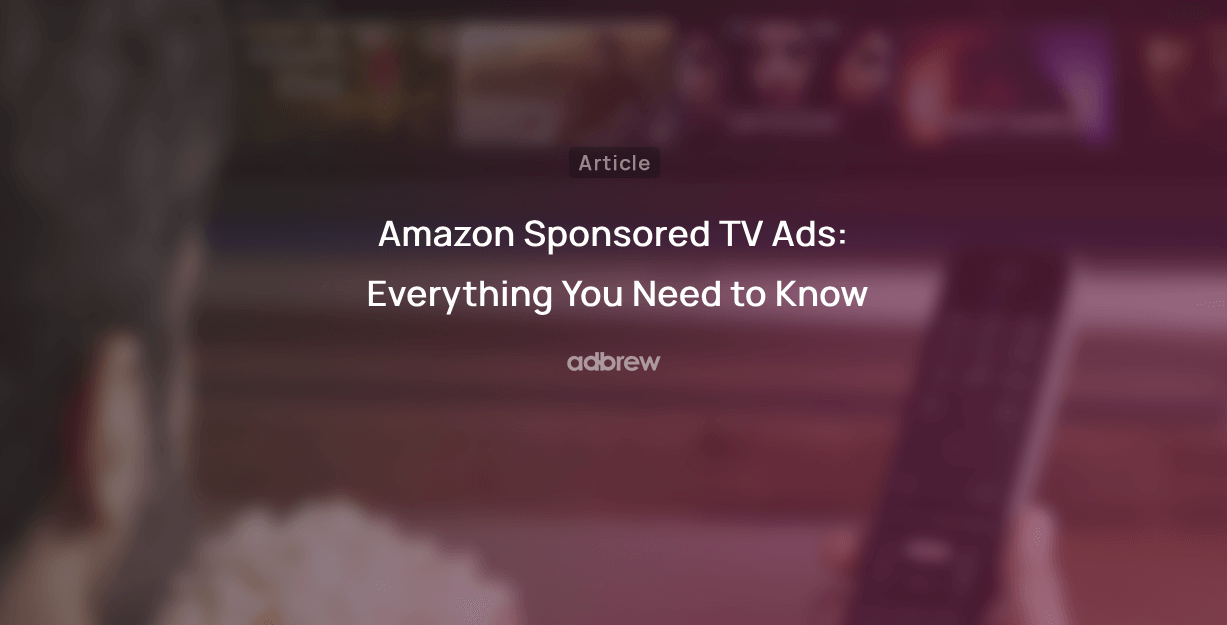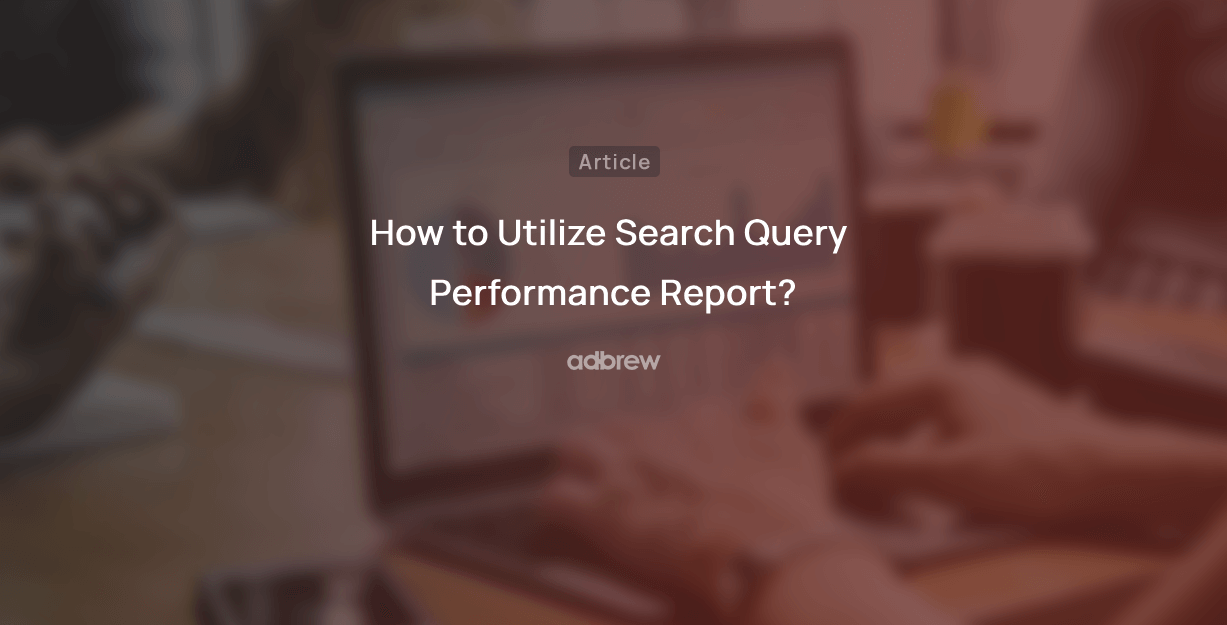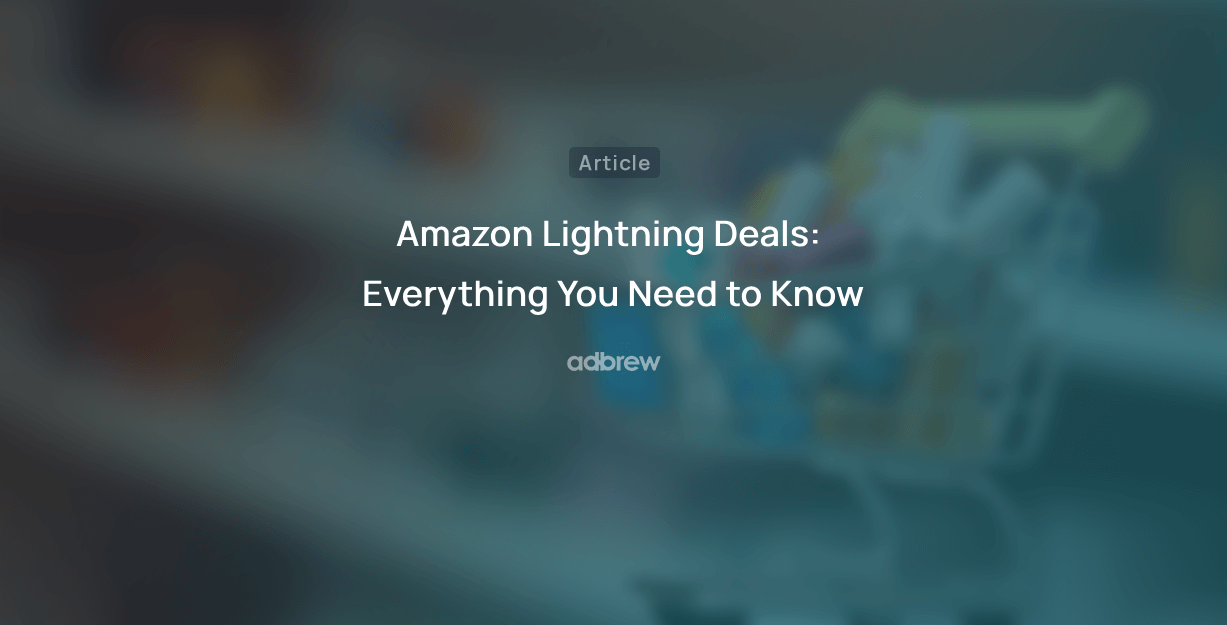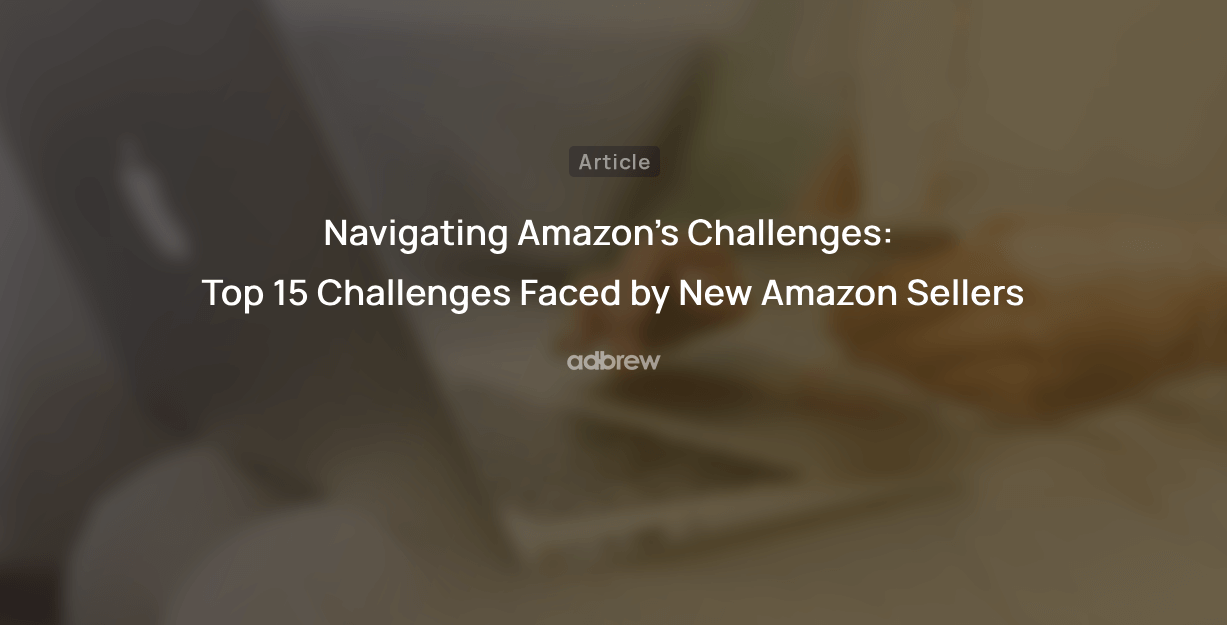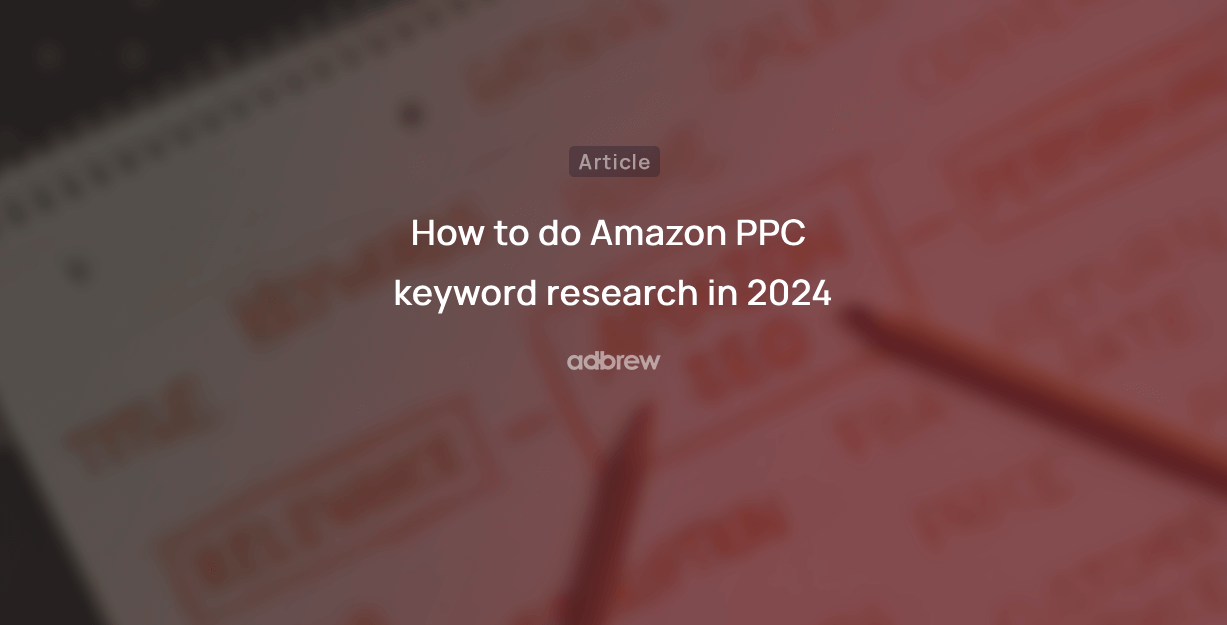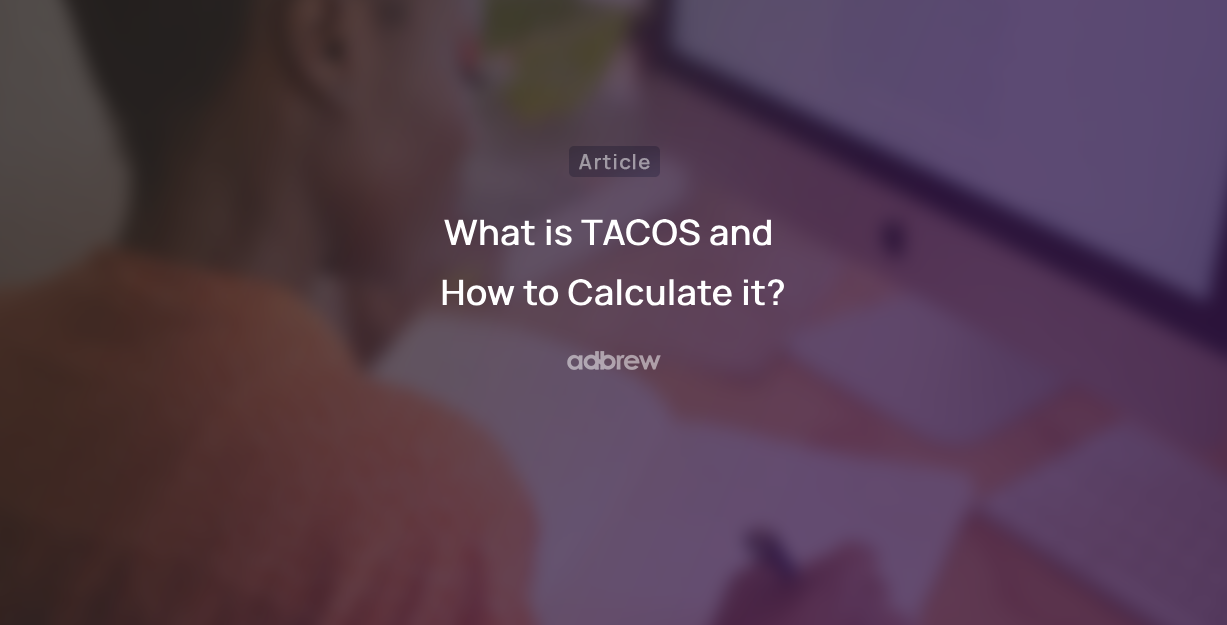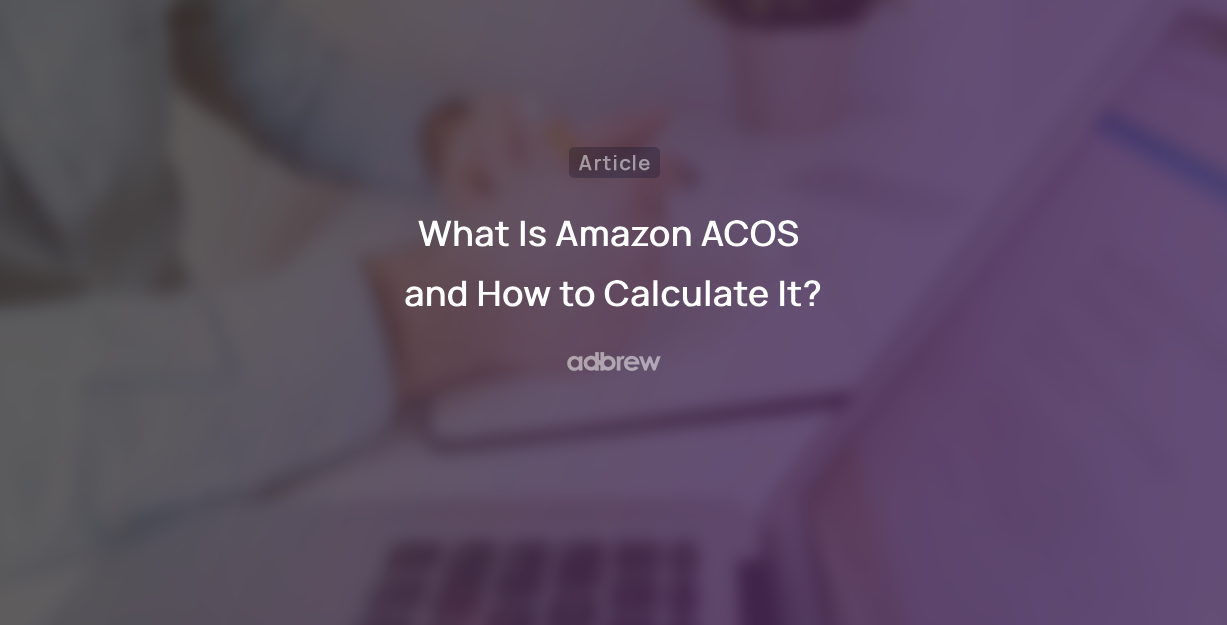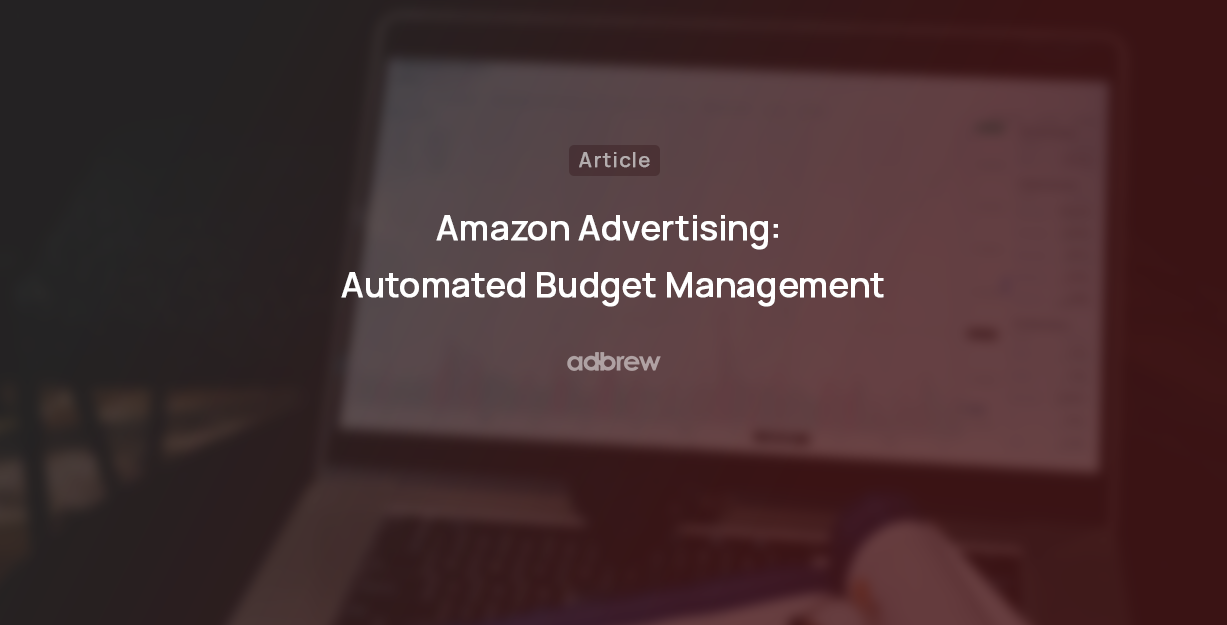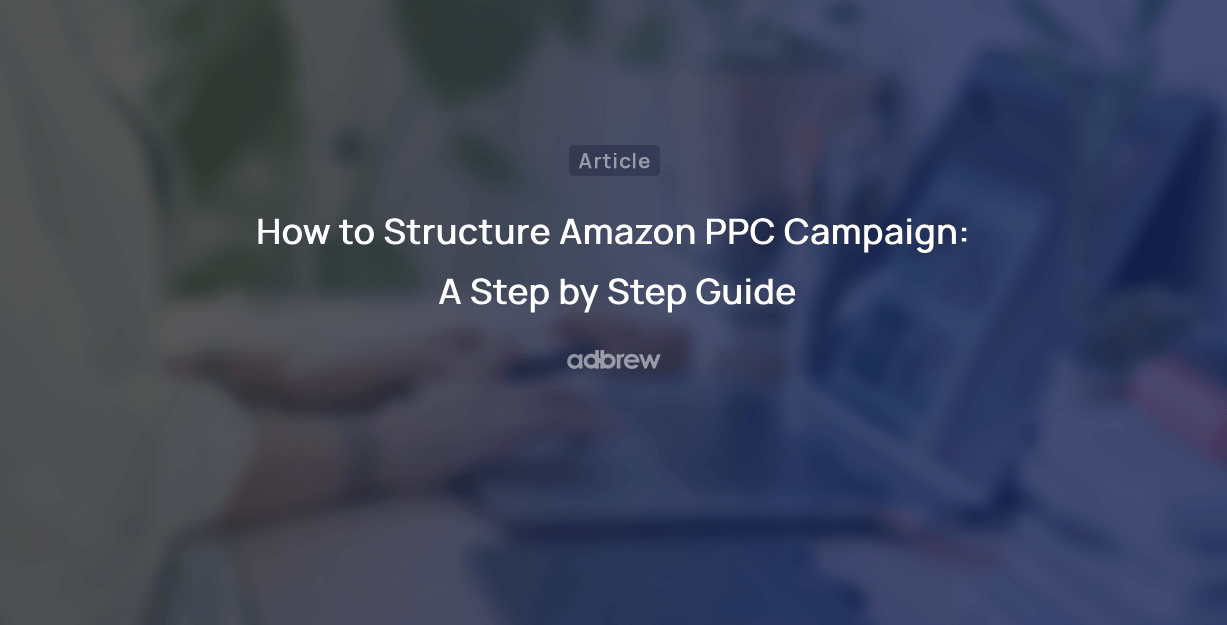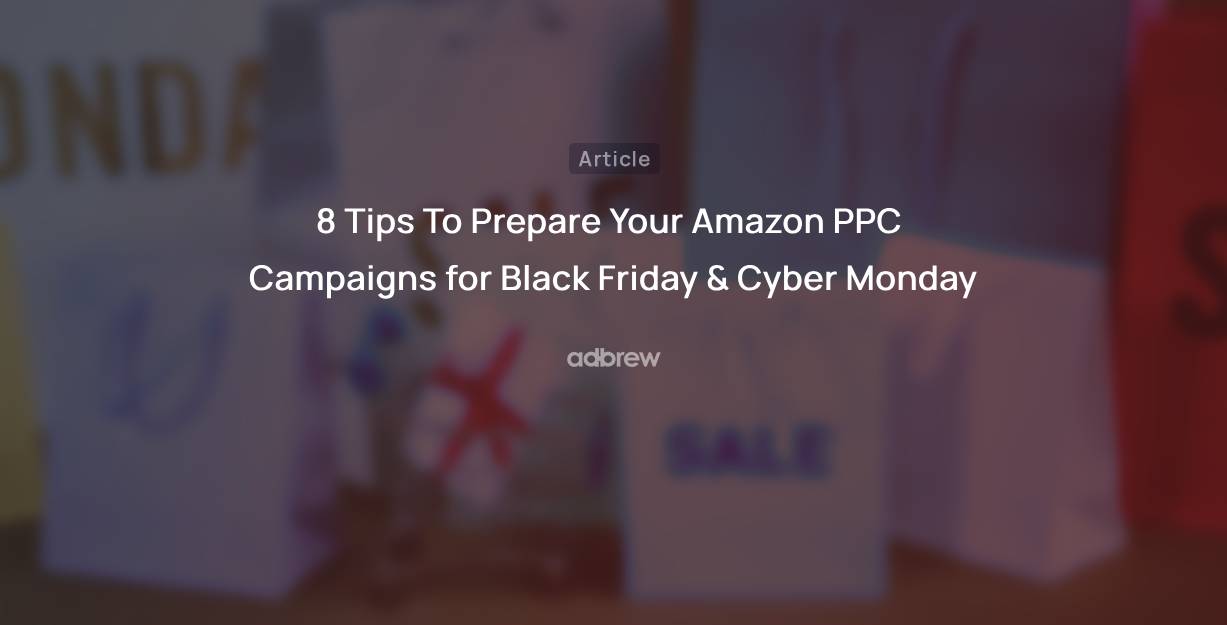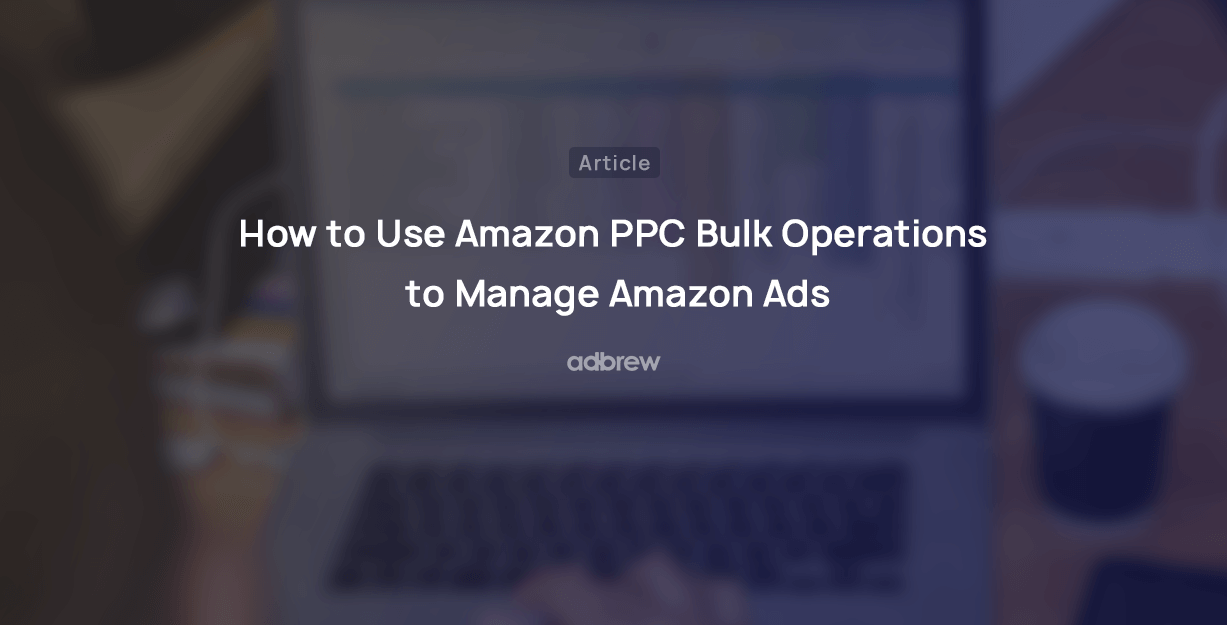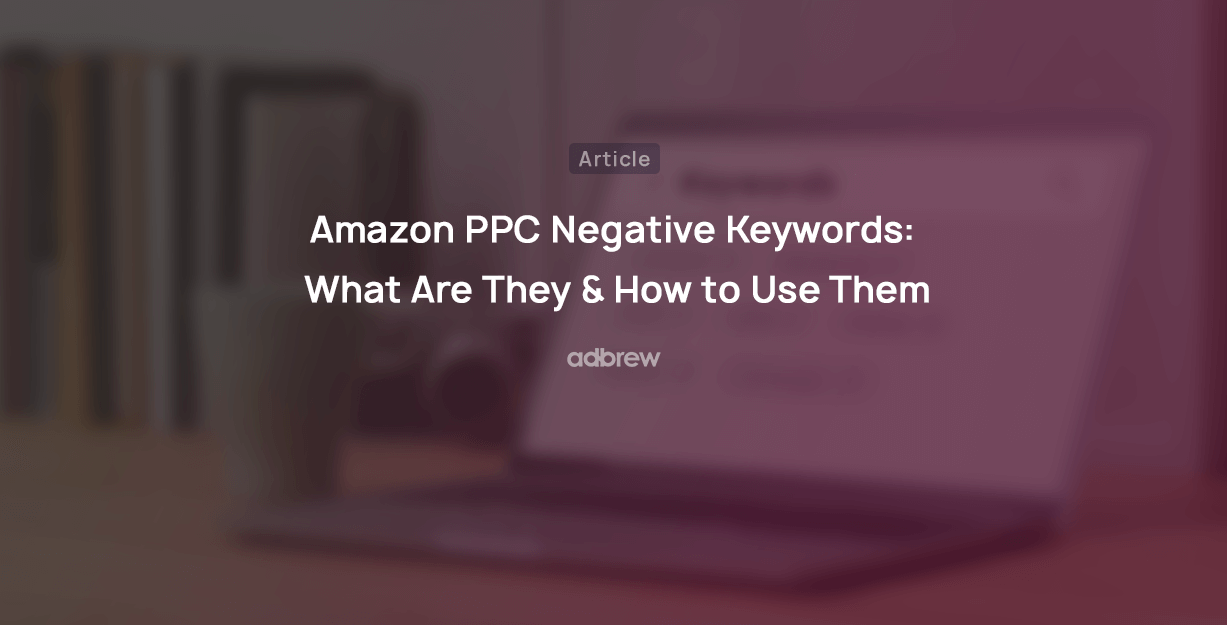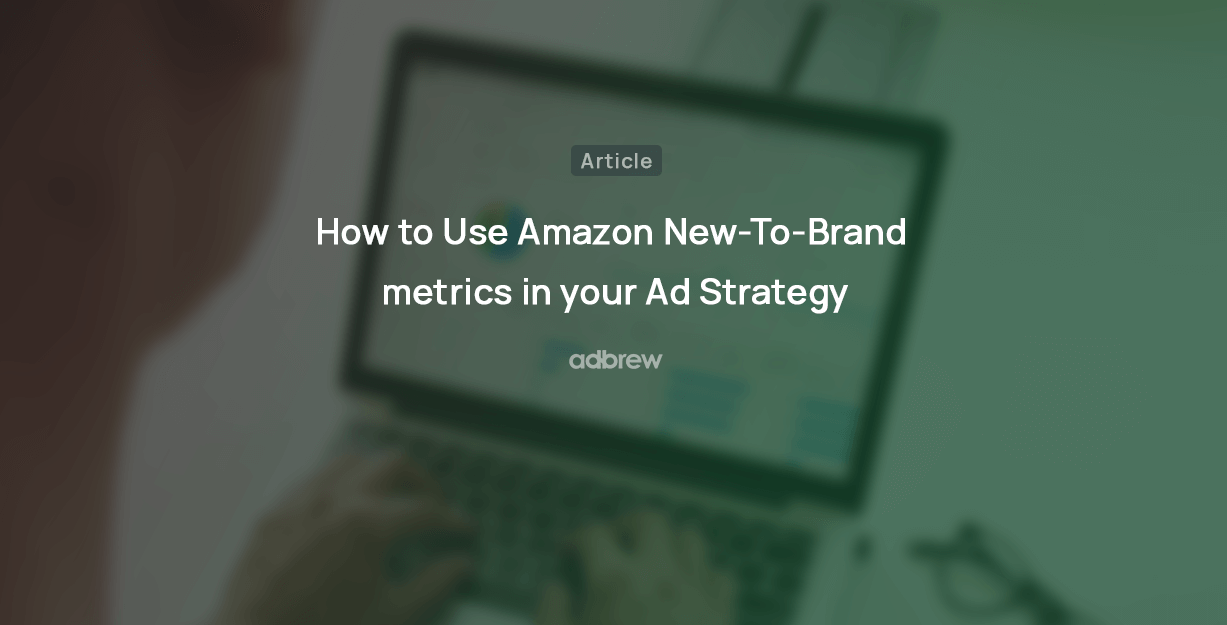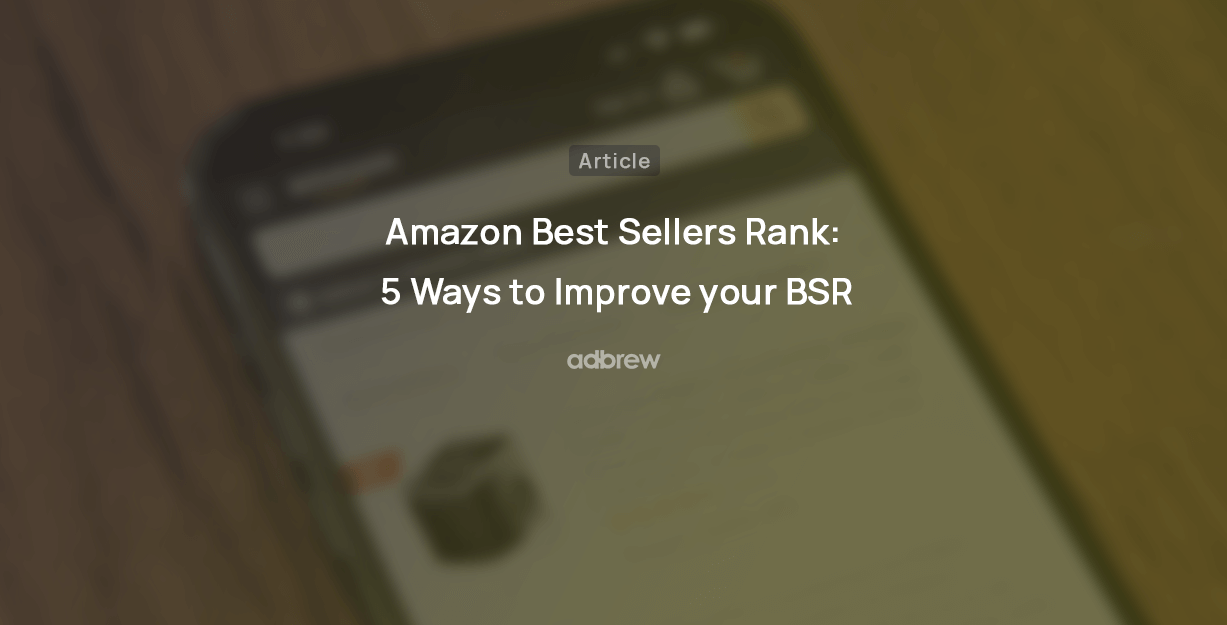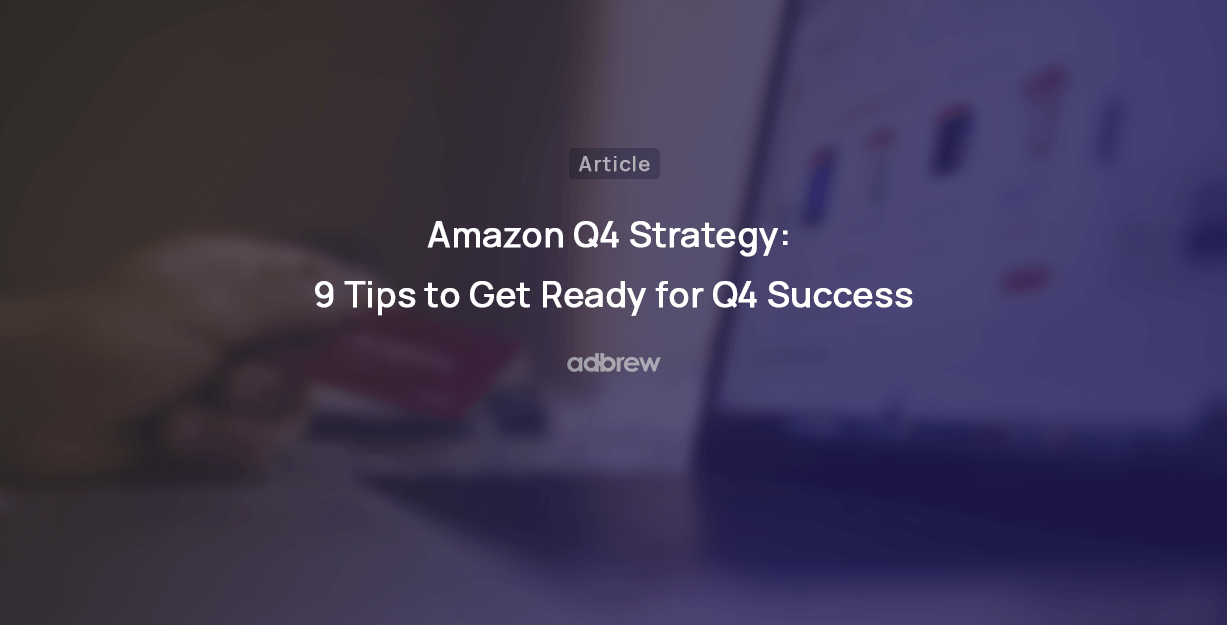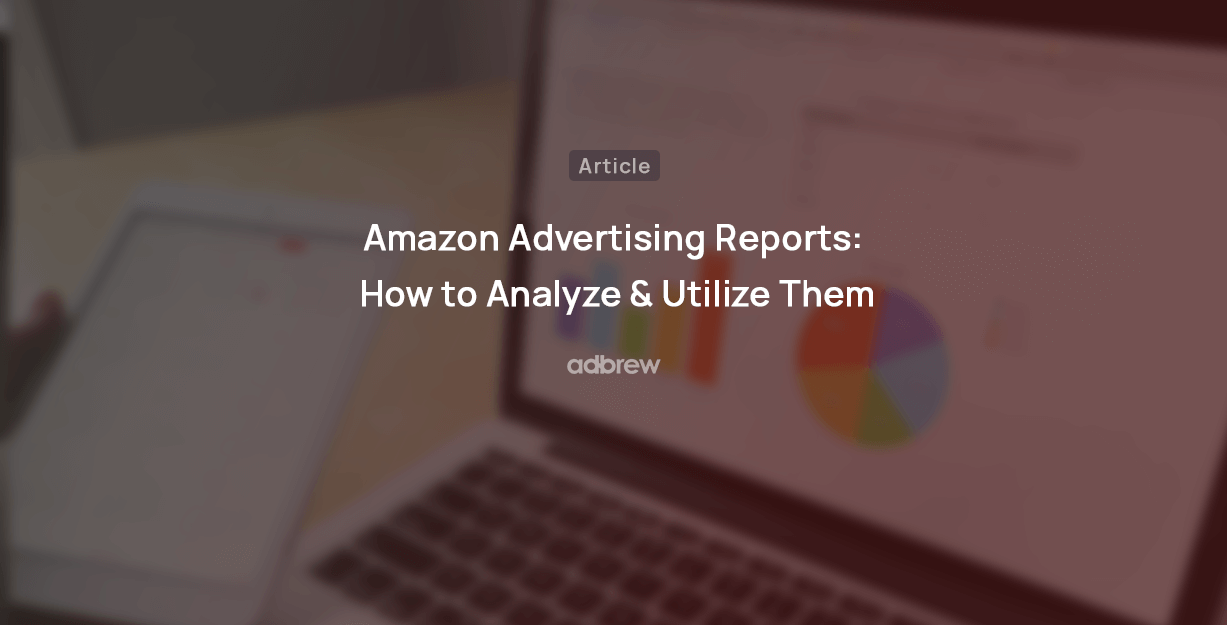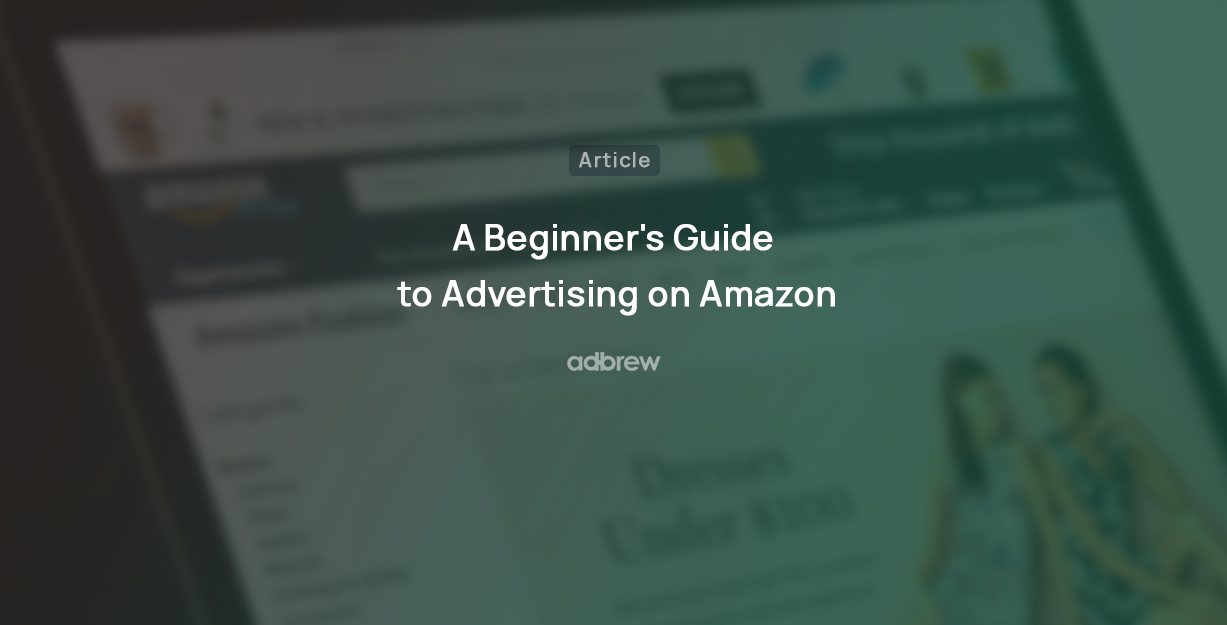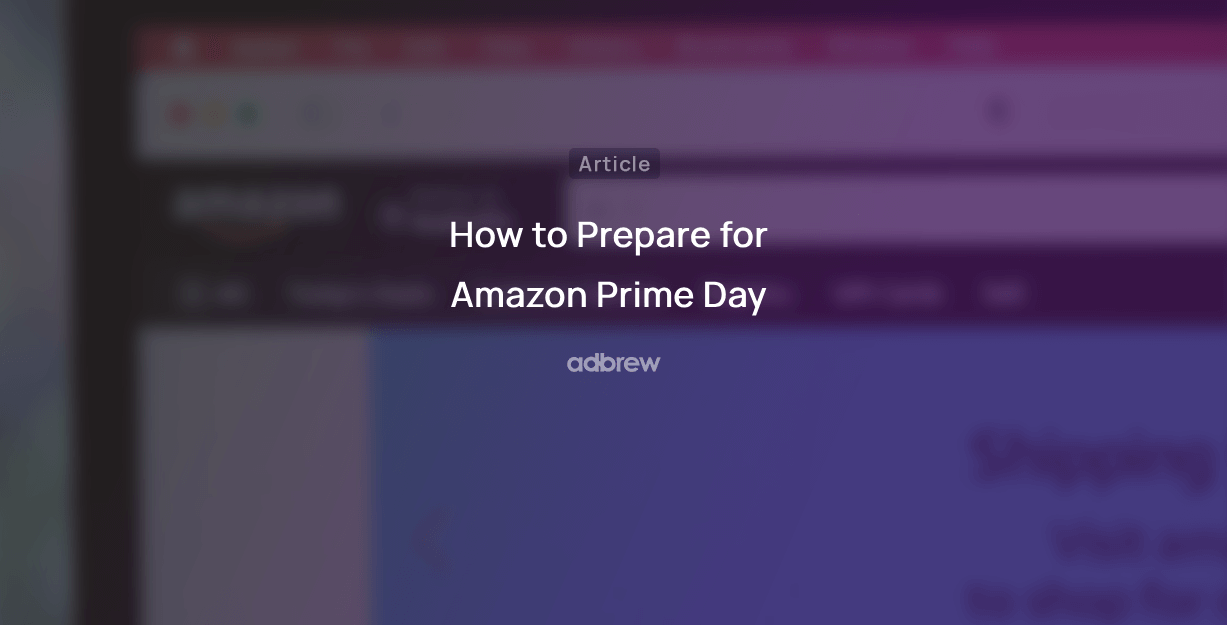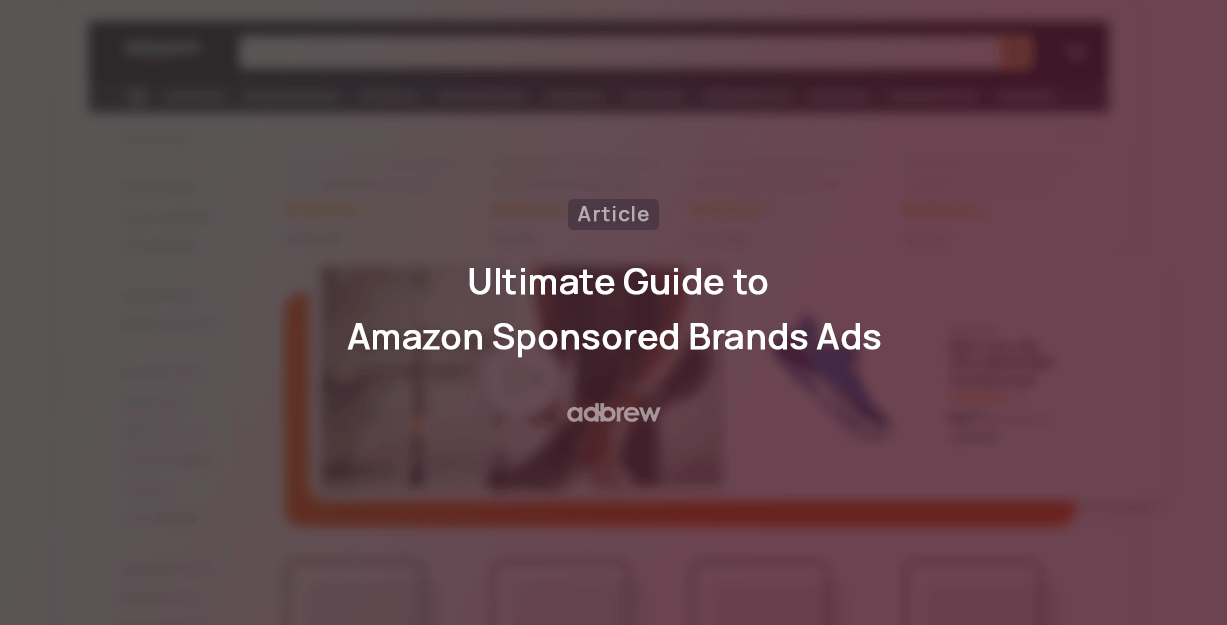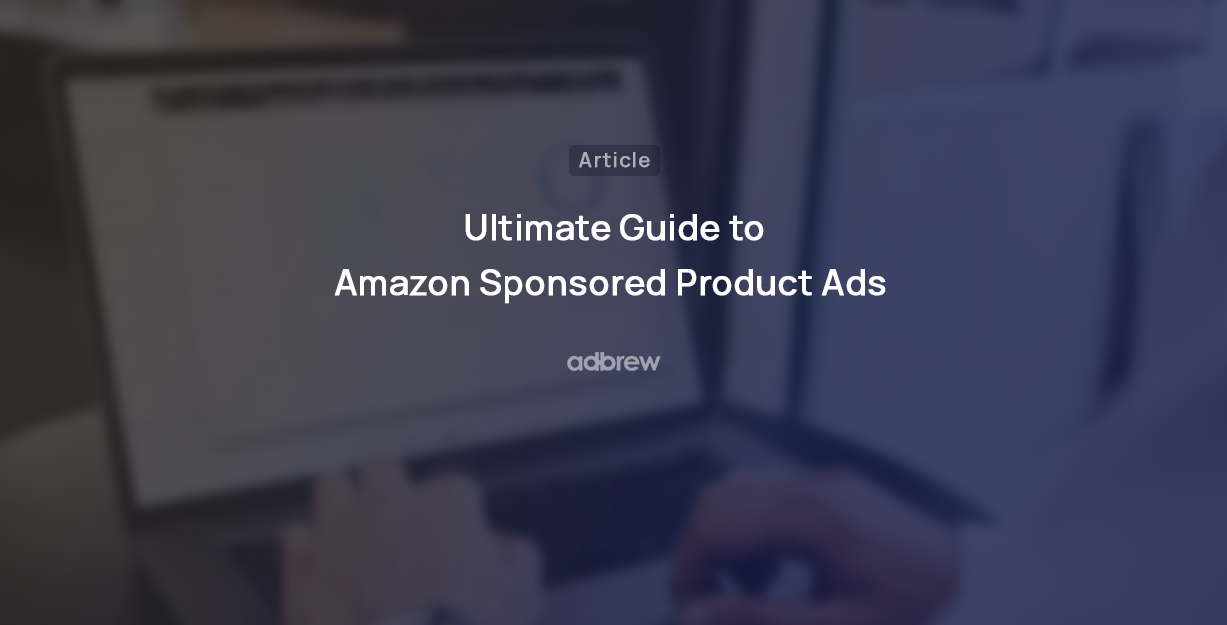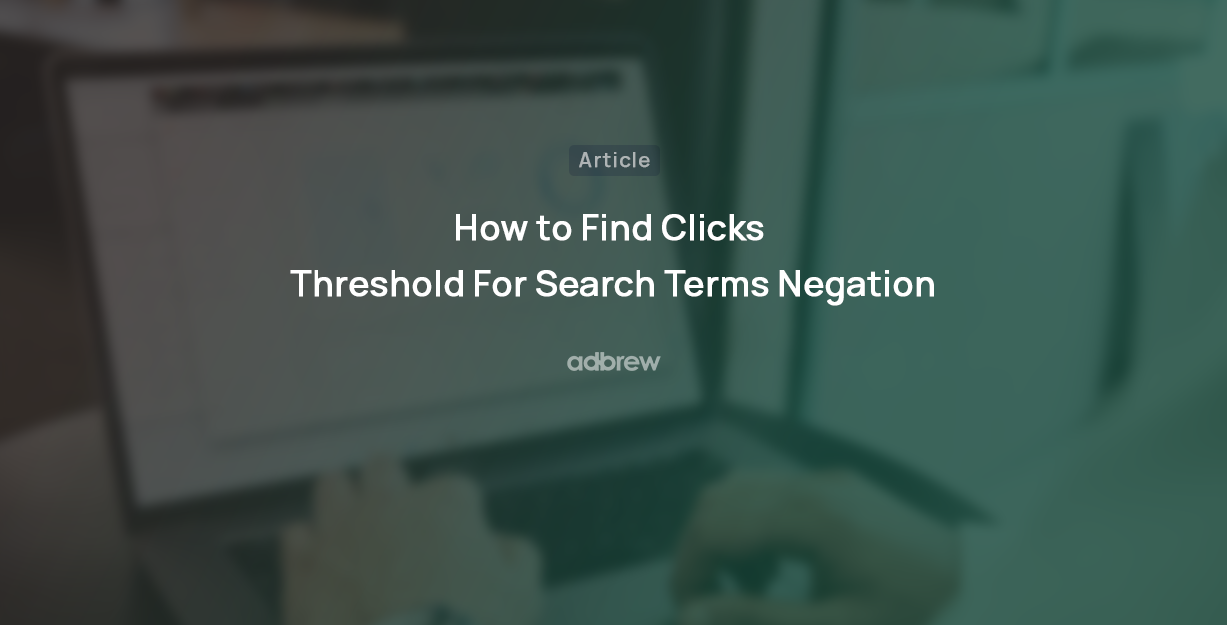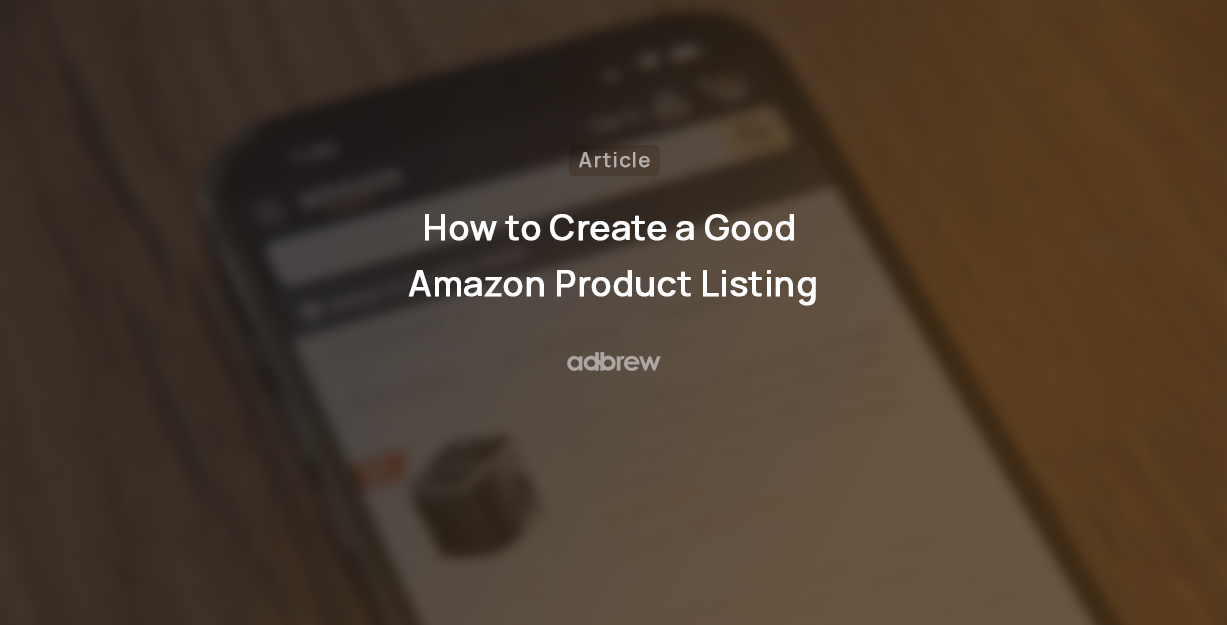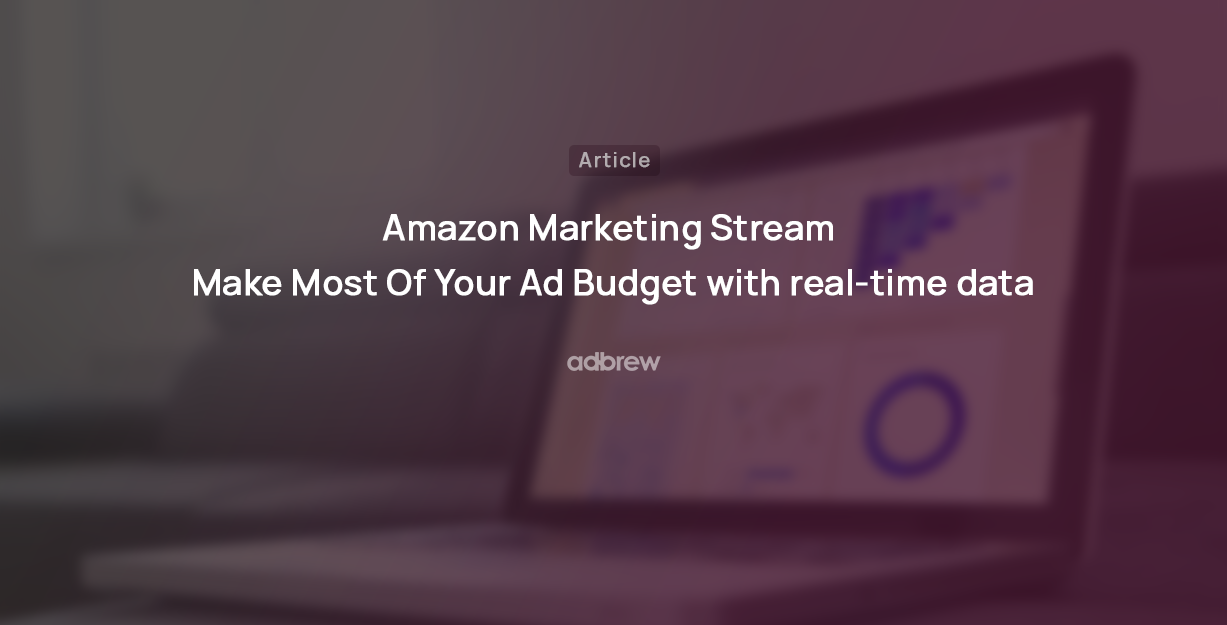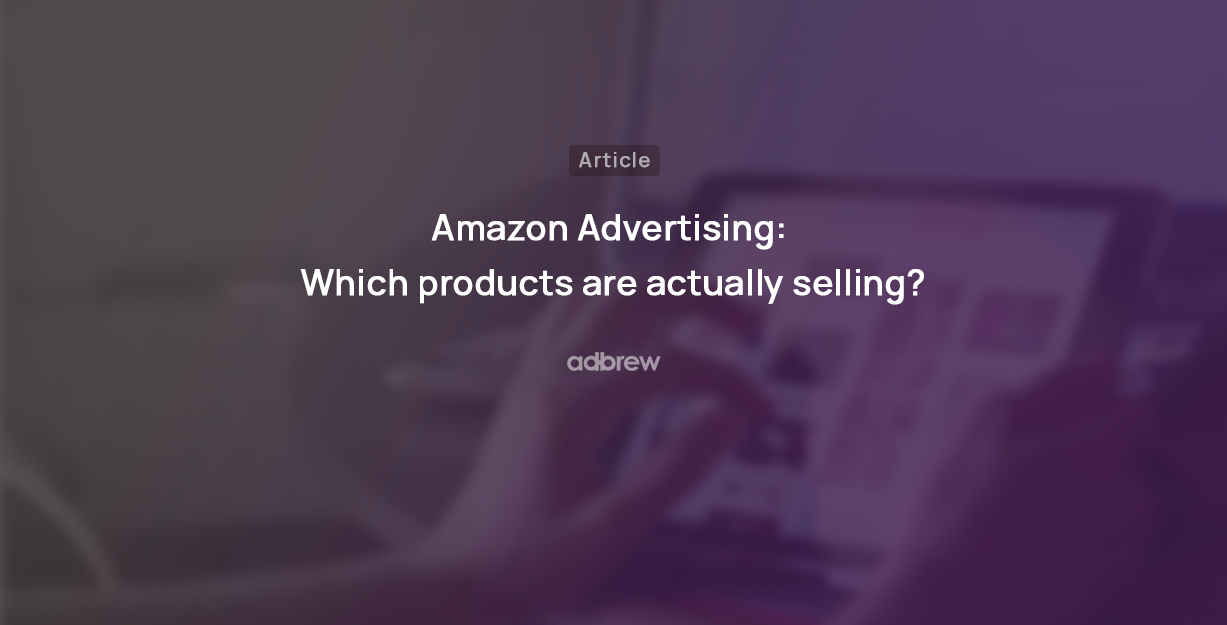
Have you heard of the terms copyright infringement and plagiarism? If so, then Amazon Brand gating won’t be unfamiliar to you.
The cut-throat competition in a marketplace as vast as Amazon is evident.
If you own a brand or a product, you likely can’t afford to lose its value against counterfeit listings, and this is where Brand gating comes into play.
It helps you maintain an honest position in the market by restricting third-party sellers from reselling your products.
In this article, we will discuss what Amazon Brand Gating is, how it works, and how you can leverage it for your brand.
What is Brand Gating?

Brand gating refers to restricting the illegal display or selling of products/ brands on marketplaces like Amazon.
As a brand owner with established authority and reputation in the market, you may find third parties attempting to sell your products under their own name.
Ugh!! It is intolerable- ”Someone else getting fruits from your grown tree.” So, brand gating helps brand owners to keep their products safe from unauthorized resellers. It is an important feature to incorporate as a small or big business owner.
The term was introduced on Amazon back in 2016 following the withdrawal of certain prominent brands from the platform due to unauthorized reselling of their products.
In essence, brand gating acts as a form of brand protection, safeguarding brand owners and sellers against product hijacking.
Understanding Amazon Brand Gating
Amazon incorporates the practice of Brand Gating using its brand registry program called Amazon Brand Registry.
With this program, Amazon ensures that no unauthorized resellers sell your product or cheap knockoffs under their name.
It ensures that no one else takes credit for your product. If someone else wishes to sell your product on Amazon, they may have to go through a set of requirements first.
In simpler terms, your property remains exclusively yours until you authorize someone else to sell it. This approach helps safeguard your brand
How Does Amazon Brand Gating Work?
To understand this, we must know what ASIN is and how it is linked to products.
Amazon Standard Identification Number(ASIN) is an alphanumeric code assigned by Amazon to every product listed on the marketplace. This code serves as a distinct identifier for products within the vast online marketplace.
Amazon uses ASIN in its brand registry program so that when a reseller tries to sell your product, amazon checks the assigned ASIN and requests the reseller to provide proof of original brand owner’s permission.
For products that aren’t gated, any seller can create a listing using the ASIN. However, with gated products, unauthorized resellers receive a notification stating:
“You are not approved to list this product. You will need to contact the brand owner to become an authorized seller of this product on Amazon.”
Simple right? A gated product will demand certain documents to resell on Amazon.
Why do you need your Brand Gated On Amazon?
As we discussed above, it’s evident that Amazon Brand Gating greatly benefits business owners and sellers. Let’s discuss some of its most important benefits in details.
1. Protection Against Your Counterfeit Sellers
Brand gating’s sole purpose is to protect your brand or products from counterfeit sellers.
Through brand gating, Amazon allows a product owner to choose third-party sellers who can resell their product. When only selected resellers are permitted to sell their products, counterfeit products are prevented from being sold.
2. Enhances your brand Credibility
Reselling by counterfeiters can damage the credibility of an original brand. Brand-gated products cannot be sold without permission or a manufacturer invoice, ensuring that a brand’s credibility remains intact as customers feel safe buying from authorized sellers.
This practice assures customers that they are purchasing authentic goods, fostering trust in the brand.
3. Hikes up your sales
In practical terms, if no counterfeiters are selling your products and all sales are made by the original seller, sales ultimately increase.
With gated products, no unauthorized sellers can employ their tricks. Every product is bought from the original seller, which ultimately increases sales.
If you do not want to lose sales, brand gating can be your weapon.
4. Safeguard Brand’s Reputation
Any business or brand holds its market position majorly because of its quality and customer trust.
Customers out there don’t know who is selling illegally or legally. They only perceive a brand through its product’s quality.
Hence, brand-gated products always safeguard a brand’s reputation by preventing unauthorized sellers.
How To Gate Your Brand on Amazon in Easy Steps?
Below is the step-by-step guide to gate your brand on Amazon.
Step 1: Own A Trademark
Before stepping into the brand gating, a seller must get a registered trademark; a pending trademark would also work. Both an image-based trademark and a text-based one are applicable.

Additionally, a seller needs to have a brand logo or pictures of products. Trademark registration will cost you a few bucks.
Step 2: Enlist on Amazon Brand Registry
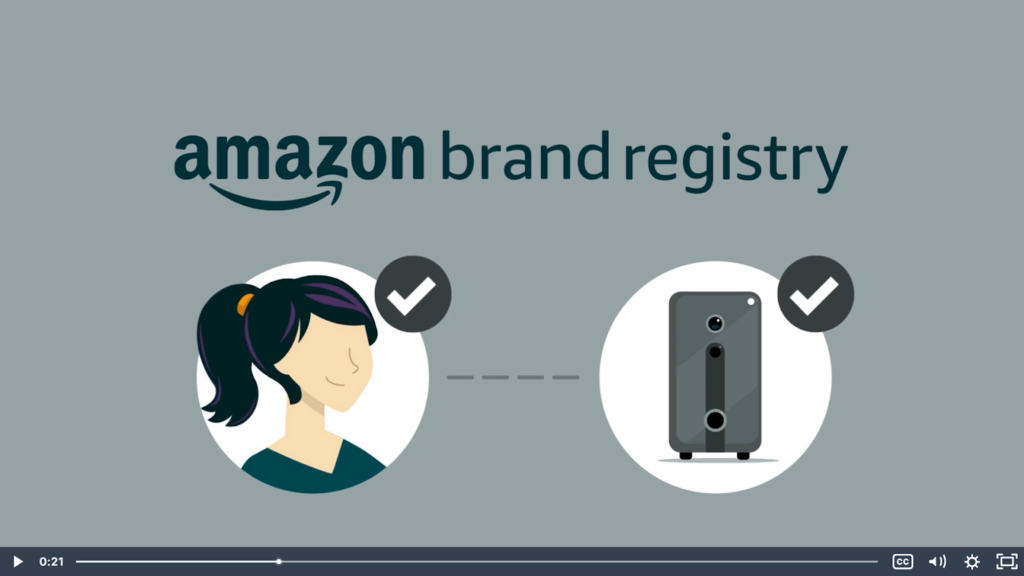
The very first step towards gating on amazing is joining the brand registry program, which is entirely free. You can do so – by visiting Amazon’s Brand Services Page and compiling all the documents needed to begin.
Afterward, confirm your business location and information, followed by seller and billing information.
Step 3: Make a list of your product ASIN
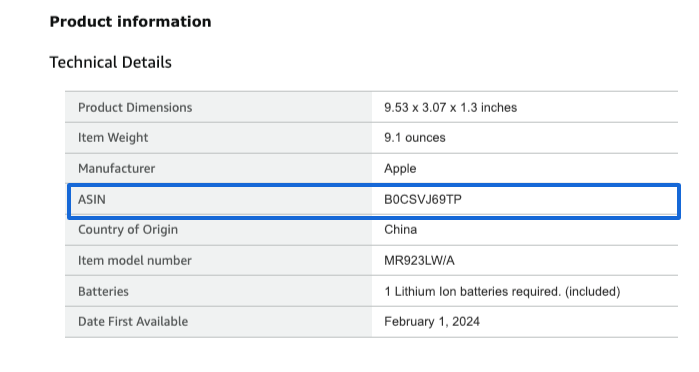
After completing the previous steps, compile a list of ASINs which you want to gate. If you prefer to limit access to specific products, consider starting with the most popular ones or those you believe are most vulnerable to unauthorized use.
Step 4: Submission
Once all that is done, you need to gather all the documents, a persuasive application that covers all aspects of your selling business, and submit it to the seller support. It would take some time for the approval.
How to verify if your ASINs are Brand Gated on Amazon?
You can easily verify if your ASINs are brand-gated or not. Follow the steps below:
- Log in from a different seller account. Do not log in to the same account you used for your brand.
- Navigate to the ASINs you want to check.
- Click the “Sell on Amazon” option.
Upon clicking it, if you receive a message that reads “You need approval to list in this brand,” then rest assured that your product/ASIN is gated.
How does Brand Gating on Amazon Affect Third-Party Sellers?
Brand gating affects third-party sellers in many ways. However, they can sell products after permission. Below is the list of factors affecting 3P on gated products.
1. Reduced Competition
Brand gating allows only approved resellers to sell someone’s intellectual property, reducing resellers’ competition. There are a lot of resellers out there in the market, and not everyone is authorized.
When only approved sellers are permitted to sell brand-gated products, it boosts their sales and enables them to operate within approved parameters, fostering their growth.
Conversely, when multiple approved sellers are authorized to sell a product, competition among them intensifies, as they vie for market share and customers.
2. Entry Barrier into the Market
Brand gating on Amazon comes with requirements that a reseller must meet to make resales. So, when a new seller or a small business owner thinks of entering a huge market like Amazon, brand gating affects their entry as they are subjected to specific criteria.
They have to get approval and provide the necessary documentation, which can be challenging for new sellers. Gathering proof of authorization and meeting quality standards can be some of the initial obstacles they face when entering the market.
3. Expense
Come on!! Nothing comes free. New sellers must get approval from the original brand owner, and the costs vary from brand to brand.
There can be high costs of application, documentation, or other criteria set by the brand owner. So, gated products can cost more to the resellers. Resellers must invest in the approval process before a protected product can be sold.
How Can Third-Party Sellers Sell Brand-Gated products?

Brand gating on Amazon only restricts illegal selling, but third-party sellers can also sell gated products. Once they meet all the legalities, they can thrive as a third party.
The foremost step is to obtain authorization. A third-party seller must be authorized to sell a certain brand’s product.
To do so, the resellers have to contact the brand owner directly, prove their authenticity, have a satisfied customer base, have a proven track of sales, and be compliant with the criteria set by the original brand.
Note that Amazon does not readily accept applications from new sellers. So this can be a bit hard. To prove authenticity to the giant tech and the brand owner, building and maintaining relationships is important.
When many brands and distributors approve a seller, it smoothens the approval process for gated products. Building relationships in a market can help 3P sellers gain exposure.
Additionally, sellers have to purchase products from authorized brands. They need to show manufacturer invoices not older than 90 days and written permission that clarifies that the products have been purchased from the original distributor.
What is the Cost of Amazon Brand Gating?
As we mentioned above, Amazon brand gating operates on the Amazon brand registry program, and this brand registry program comes with zero cost. The registry program has no enrollment fee, but additional tools and services inside the program might cost you pennies.
What Are Some Additional Tools That Help Restrict Counterfeiters From Reselling?
To our fortune, there are other tools than the Amazon brand registry program. These are-
- Amazon Transparency Program – This program involves verifying products before they are shipped. Transparency by Amazon is only available in the USA.
- Project Zero- Project Zero, by Amazon, involves artificial intelligence to detect and remove counterfeit goods from the e-commerce platform.
- Counterfeit Crimes Unit- This program focuses on acting against counterfeiters selling products on Amazon globally.
How Long Does Amazon Take to Approve Enrollment in the Brand Registry?
Typically, Amazon takes around three to five weeks to review and approve brand registry applications. It’s important to remain patient during this process. You can keep track of your application’s status by reaching out to your Amazon representative for updates.
Wrapping Up
In today’s competitive landscape, protecting your brand reputation is very important. In this article, we’ve explored what Amazon brand gating is, how it functions, and the steps brands can take to leverage this program.
By implementing brand gating, you gain significant control over who sells your products on Amazon, minimizing the risk of counterfeits and unauthorized resellers tarnishing your brand image.
Related Blogs
In today’s competitive retail landscape, reaching the right audience at the right time is crucial for success. Walmart’s Demand Side […]
In today’s fast-paced eCommerce landscape, shoppers demand speedy delivery. Walmart has responded by offering 2-day shipping, giving sellers on the […]
Running successful Walmart advertising campaigns takes more than just setting them up—it requires ongoing optimization. A Walmart PPC (Pay-Per-Click) audit […]
Are you ready to tap into the massive potential of Walmart Marketplace? With millions of daily visitors and a loyal […]
In the world of e-commerce, Amazon and Walmart reign supreme, dominating the retail landscape. These two giants offer vast opportunities […]
Are you a brand owner struggling to maintain control over your products on Walmart? The Walmart Brand Portal is here […]
Are you dreaming of a passive income stream from your Walmart store? The allure of an automated Walmart store with […]
Are you a seller looking to tap into the massive market of private-label brands? Walmart, one of the world’s largest […]
Tired of your Walmart products getting lost in the shuffle? In this blog post, we’ll dive into the essential strategies […]
Ever wondered why some Amazon sellers seem to have a magic touch with product bundles? It’s not luck—it’s strategy. Bundling […]
If you’re a Walmart seller looking to grow your business through retail media, Walmart Connect could be a game-changer. But […]
If you’re an Amazon seller, you may have noticed a portion of your inventory marked as “reserved” without knowing exactly […]
Have you ever wondered what managing your own Amazon orders is like? Switching from Fulfilled by Amazon (FBA) to Fulfilled […]
Walmart Marketplace offers an exciting opportunity for sellers to reach a vast audience by listing their products on Walmart’s platform. […]
Selling products on online marketplaces has become a vital strategy for businesses to reach more customers. If you’re looking to […]
Are you a Walmart seller aiming to improve your visibility and sales? In this blog, we will explore Walmart SEO, […]
As an Amazon brand owner, maintaining control over your product listings is essential to protect your brand’s reputation and customer […]
Introduction Tired of losing out on Walmart sales to competitors? Want to know the secret to consistently winning the Buy […]
Are you an Amazon seller wondering what the IPI score is and how it affects your business? Look no further! […]
Introduction Starting an Amazon subscription box business presents a unique opportunity to tap into the growing trend of curated, recurring […]
Thinking about using Fulfillment by Amazon (FBA) to sell on the Amazon marketplace? Awesome! But before you box up your […]
Thinking about using Fulfillment by Amazon (FBA) to streamline your Amazon business? While FBA offers a convenient way to store […]
For FBA sellers, the Amazon Buy Box is the holy grail of product visibility. But with constant algorithm updates and […]
Have you ever wished you could offer customers pre-made packages of complementary products without the hassle of physically bundling them […]
Have you ever wanted to create a more branded and engaging presence for your products on Amazon? An Amazon storefront […]
When selling products on Amazon, it is crucial to follow their packaging requirements, rules, and guidelines. Proper packaging ensures that […]
A/B testing on Amazon can significantly enhance your product listings and boost sales. This method, also known as split testing, […]
Have you ever browsed Amazon and stumbled upon a product with a little blue badge that reads “Amazon’s Choice”? It […]
Introduction Selling on Amazon can be a great way to get your products out there. But once someone buys your […]
Ever feel like you’re missing something in your Amazon PPC Search Terms report? You might be! Sure, they show what […]
Amazon can be a fantastic platform to reach new customers, but keeping your virtual shelves stocked can get tricky. That’s […]
Navigating Amazon as a new seller can be tough, but there are tools and programs available to help. Amazon’s Launchpad […]
Have you ever scrolled through an Amazon search result page and noticed product recommendations nestled alongside the standard listings? These […]
Finding time for yourself while selling on a competitive marketplace like Amazon can be challenging. As a seller, your main […]
Starting an E-commerce business has become quite easy with Amazon, but it also brings heavy competition. Millions of Amazon sellers […]
As an Amazon seller, you know the importance of getting your products seen. But with millions of listings, how do […]
Ever scrutinized an Amazon product page and noticed the cryptic “Sales Rank”? Wondering what it means and how it impacts […]
Millions of products compete for customer attention on Amazon’s search results page, making it tough for your brand to stand […]
Are you selling products on Amazon and looking to increase your sales? This blog is for you. We’ll share tips […]
Are you an Amazon seller looking to boost your brand visibility and profitability? Are you feeling stuck in the cycle […]
Ever wonder what drives your online shopping habits? Perhaps a captivating product description, or an eye-catching professional photo? As it […]
For any seller on Amazon, understanding the A9 algorithm is crucial for success. This complex algorithm dictates which products appear […]
Are you an Amazon seller looking to turn those single purchases into recurring revenue? Look no further than the Subscribe […]
Amazon has become a go-to platform for all e-commerce business owners to launch and scale their e-commerce brands online. But […]
Mother’s Day, a time to celebrate the incredible women who raised us, is a prime opportunity for Amazon sellers to […]
In the ever-competitive landscape of Amazon, ranking high in organic search results is crucial for driving sales. While you might […]
If you’ve ever found yourself scratching your head over Sessions and Pageviews on your Amazon business reports, you’re not alone. At […]
Amazon is a massive marketplace, attracting millions of customers with diverse needs, preferences, budgets, and mindsets for shopping. To effectively […]
With Amazon boasting over $575 billion in retail sales for 2023, it’s no wonder so many sellers flock to its […]
Advertising on Amazon through pay-per-click campaigns can significantly enhance product visibility and sales for sellers. However, mastering Amazon PPC, with […]
Have you heard of the terms copyright infringement and plagiarism? If so, then Amazon Brand gating won’t be unfamiliar to […]
If you are running ads on Amazon, you’ll come across a sea of data in your advertising console. But does […]
Have you heard of the terms copyright infringement and plagiarism? If so, then Amazon Brand gating won’t be unfamiliar to […]
In the fast-paced world of e-commerce, where shoppers are bombarded with choices, standing out on platforms like Amazon is paramount […]
Are you planning to start an Amazon FBA store? If so, you’ll encounter a unique term – FNSKU. This seemingly […]
Introduction As an Amazon seller, you understand the power of reviews. They’re the lifeblood of trust and conversion on the […]
Are you struggling to get Amazon reviews on your product? Well, you are not alone! Reviews are the backbone of […]
Are you tired of bland Amazon product listings failing to grab attention? In today’s competitive online marketplace, standing out is […]
As an Amazon seller, understanding how your brand performs throughout the customer journey is vital for success. However, until recently, […]
As an Amazon seller, optimizing your business and maximizing profits relies heavily on data analysis. One invaluable tool for gaining […]
Are you struggling to get noticed on Amazon’s massive platform? Do your products get lost in a sea of similar […]
For any Amazon seller getting into the world of sponsored advertising, understanding the Advertising Cost of Sale (ACoS) is crucial. […]
A well-executed product launch on Amazon can be the key to unlocking success and gaining a competitive edge. As the […]
In the ever-evolving landscape of e-commerce, distinguishing between keywords and search terms is vital for optimizing product visibility and driving […]
Ever felt like you are throwing darts in the dark when it comes to your marketing efforts outside Amazon for […]
Amazon, the e-commerce giant, has successfully concluded a robust business year with outstanding performance in quarter 4. The most recent […]
Picture this: you have a great product on Amazon, but it’s not selling well despite having attractive images and a […]
The advertising landscape is evolving, and viewers are rapidly migrating from traditional cable TV to streaming platforms. This presents a […]
Feeling lost in the Amazon discount jungle? Struggling to reach the right customers and entice them to make the purchase? […]
Are you losing your product in the deep ocean of Amazon product listings? Want your product to stand out, rank […]
For years, Amazon sellers were in the dark. They couldn’t see what keywords customers were using to find their products, […]
Selling on Amazon can be tough with so many others doing the same in your category. That’s why it’s super […]
For Amazon sellers, understanding their customers has often felt like navigating a maze without a map. The missing link? A […]
Have you ever felt like your Amazon advertising campaigns are lost in a tangled jungle of keywords? You’re not alone. […]
When did you last give your Amazon PPC account a checkup? Regular Amazon PPC audits are crucial to ensure the […]
Embarking on the path of online selling? If so, you’re likely aware that Amazon is your ultimate destination. With a […]
Ever felt like your product is lost in the vast Amazon jungle? You’re not alone. With millions of shoppers actively […]
Amazon Sellers selling on the Amazon marketplace usually utilize Amazon advertising without keeping a close eye on the TACoS metric. […]
The rush of Black Friday and Cyber Monday might be over, but the opportunity for continued sales growth extends beyond […]
In the fierce Amazon advertising domain, where competition rises and costs increase, understanding and keeping track of the right metrics […]
Have you ever felt the frustration of campaigns going out of budget, leading to missing out on potential sales, or, […]
Amazon PPC campaigns can be a powerful tool for driving traffic and sales to your products. However, without proper structure, they […]
The Amazon Cyber Monday and Black Friday sales week is just around the corner. It’s no secret that this marks […]
Whether you are creating a new advertising campaign or optimizing existing ones, doing it manually from the Amazon ad console […]
Want to know what search terms people use to visit or purchase your product on Amazon? If yes, you’re in […]
When you are spending dollars or even more to get a click on your Amazon ads, you want to ensure […]
Are you an Amazon seller looking to maximize your profits and minimize your advertising costs? If so, you’re not alone. Many […]
Are you exclusively relying on traditional metrics such as CTR, CPC, CVR, or ROAS to make your campaign optimization decisions? […]
Navigating the ever-evolving landscape of Amazon’s online marketplace is essential for any seller looking to thrive on the platform. Among […]
As the holiday season approaches, businesses are gearing up for the highly anticipated Q4 rush. To ensure a successful Q4, […]
Do you regularly review your Amazon advertising reports? If not, you may be missing out on numerous opportunities. Amazon […]
Whether you’ve just launched a new product or have been selling on Amazon for a while, advertising on the platform […]
Amazon PPC bidding strategies that you choose play a significant role in the success of your Amazon Ads campaigns. As […]
Have you ever heard of a “catch-all campaign”? This single campaign can generate extra sales for you at a very […]
Amazon Prime Day is one of the largest global e-commerce sales events, attracting millions of customers worldwide. But how do […]
Are you looking to boost your brand’s visibility and drive more sales on Amazon? Look no further than Amazon Sponsored […]
Succeeding on Amazon in 2023 isn’t easy. Just listing your products and hoping for the best won’t work anymore. You […]
Are you bidding the same amount for all your ad placements on Amazon? If yes, then you’re missing out on […]
Whether you are looking to boost product discovery or target audiences further down the sales funnel who have already engaged […]
We, at Adbrew catalyze millions of dollars of ad spend monthly through our platform, with Sponsored Product Ads being the […]
Do you want to know how many clicks you should give a search term before adding it as negative in […]
Think of your product listing as a guiding light on the Amazon marketplace. It’s your chance to grab attention, tell […]
It is no longer a secret that shopping behavior on Amazon varies over the day. This is the reason why […]
Are you struggling to get the most out of your advertising budget on Amazon? Do you find that your campaigns […]
Ever run an Amazon Ad campaign and wondered why some sales weren’t directly linked to the products you advertised? That’s […]
If you’re managing Amazon PPC ads, it’s essential to have an effective and organized approach for target harvesting and movement. […]
